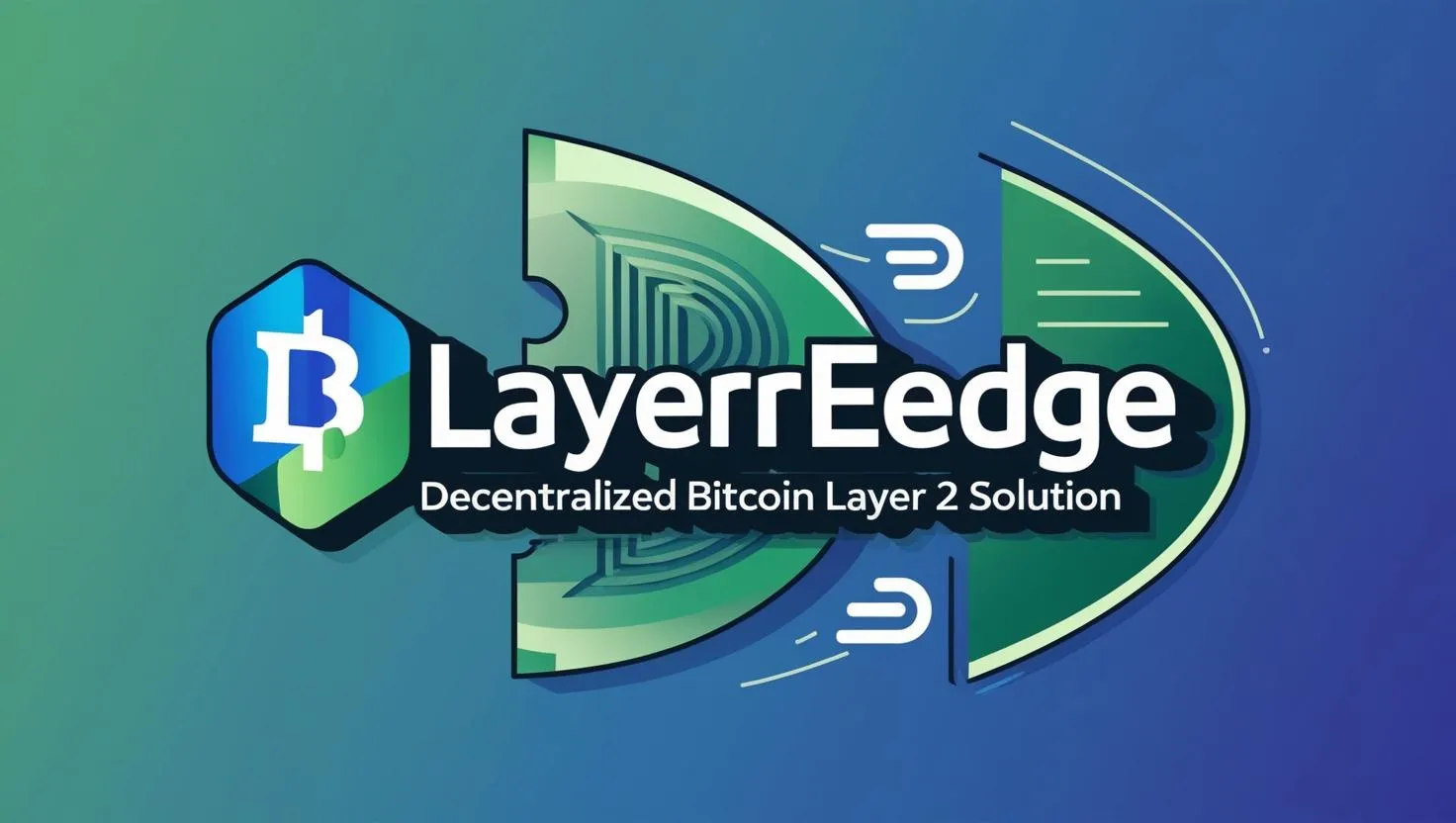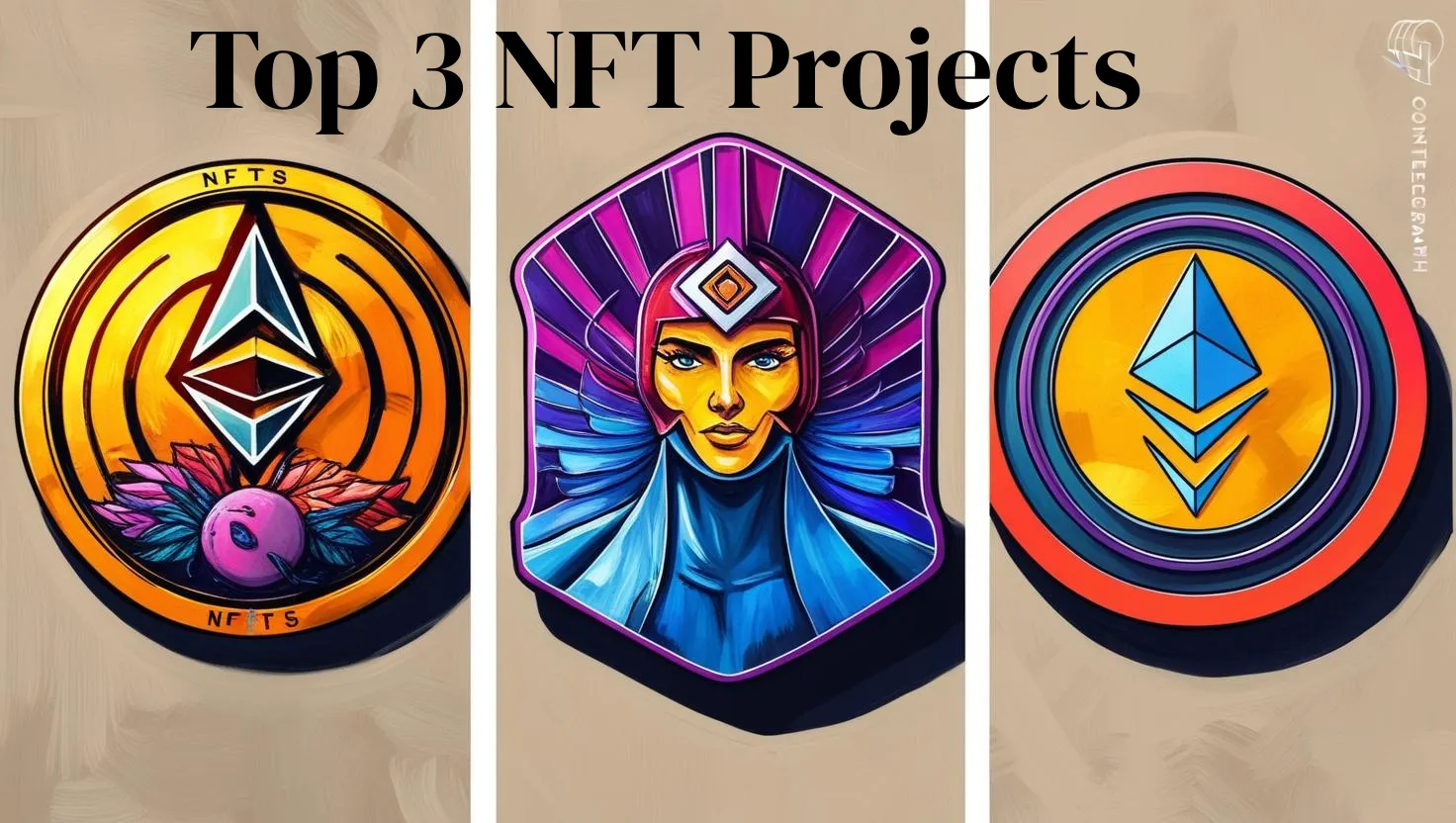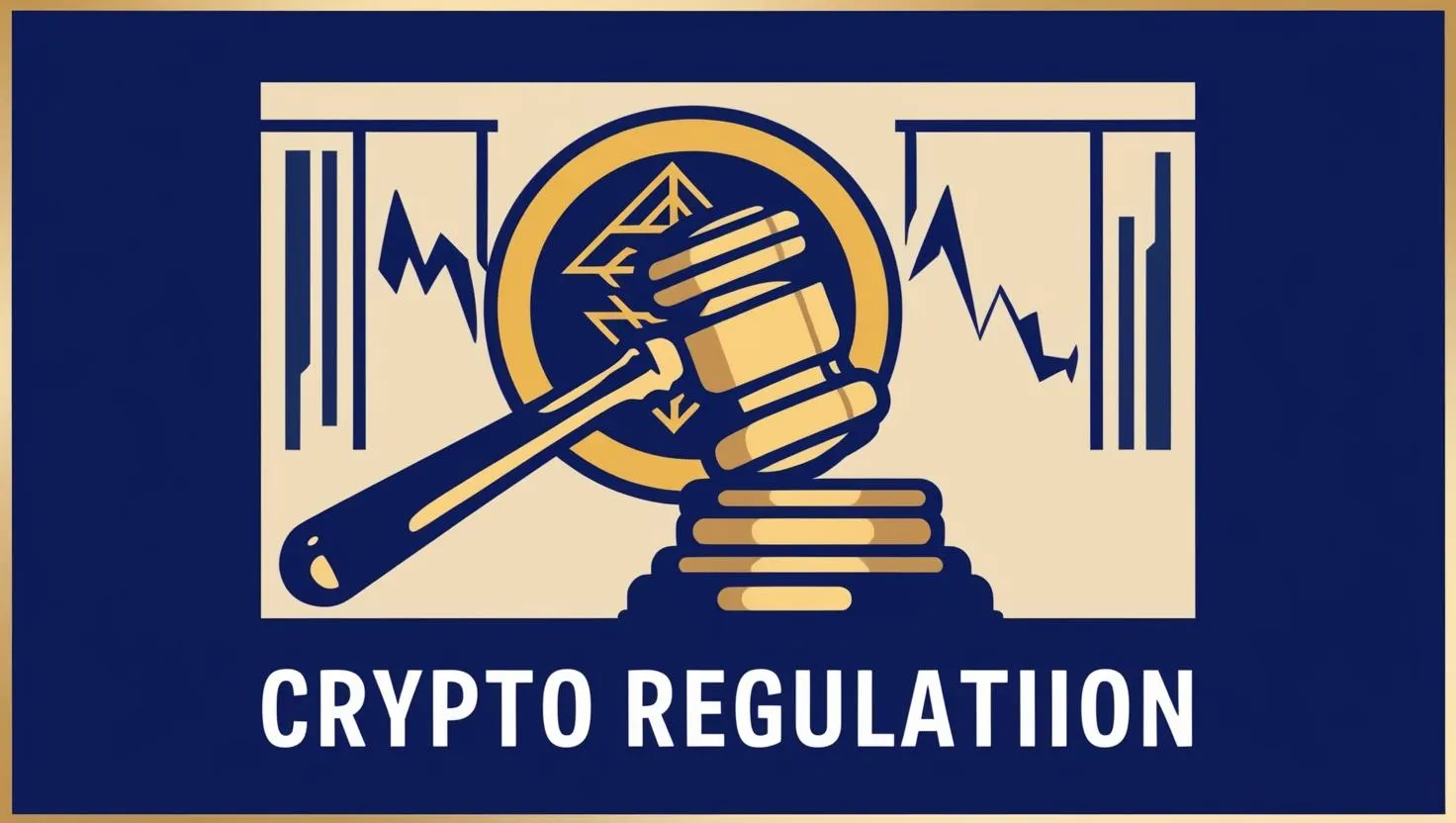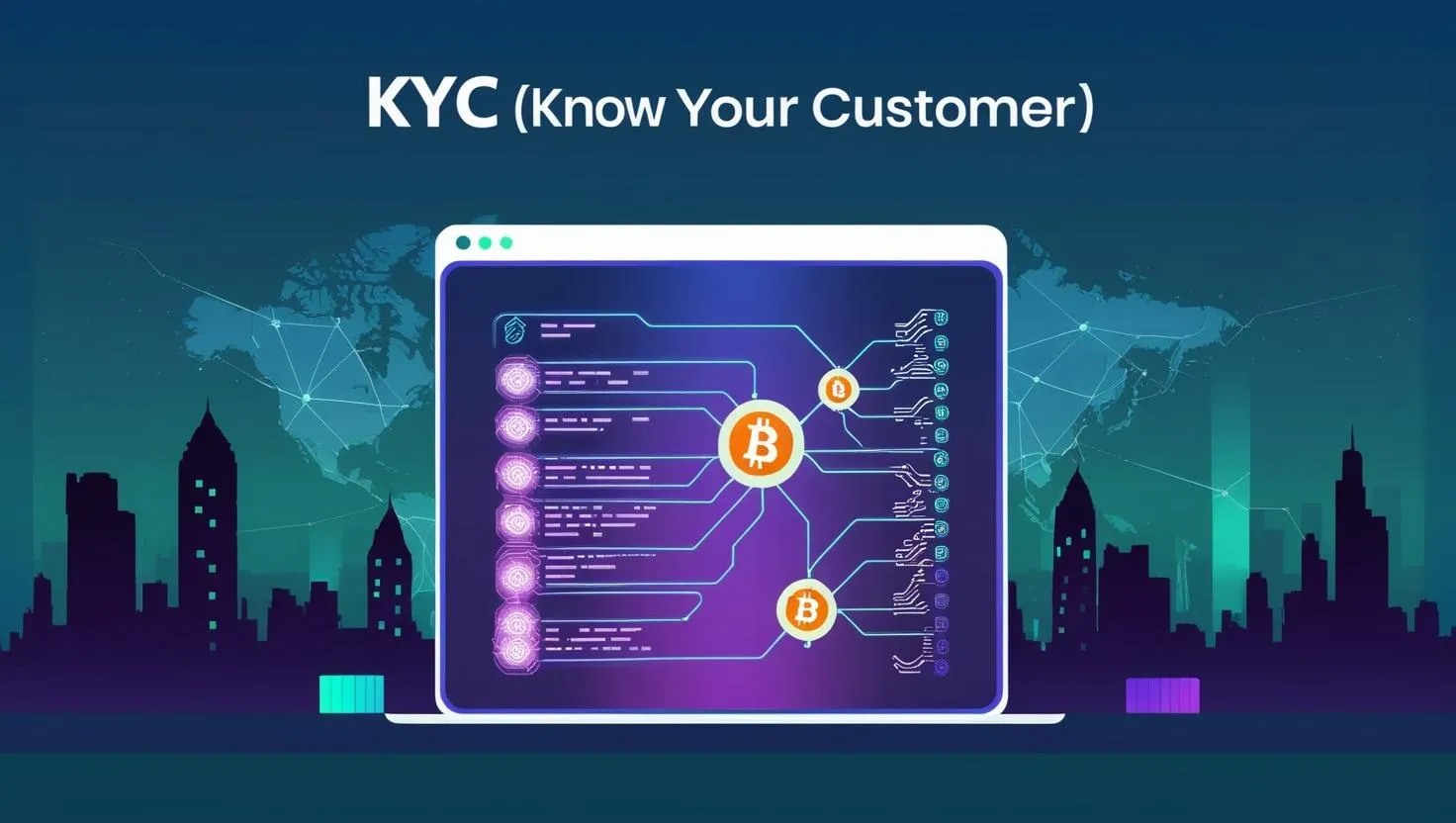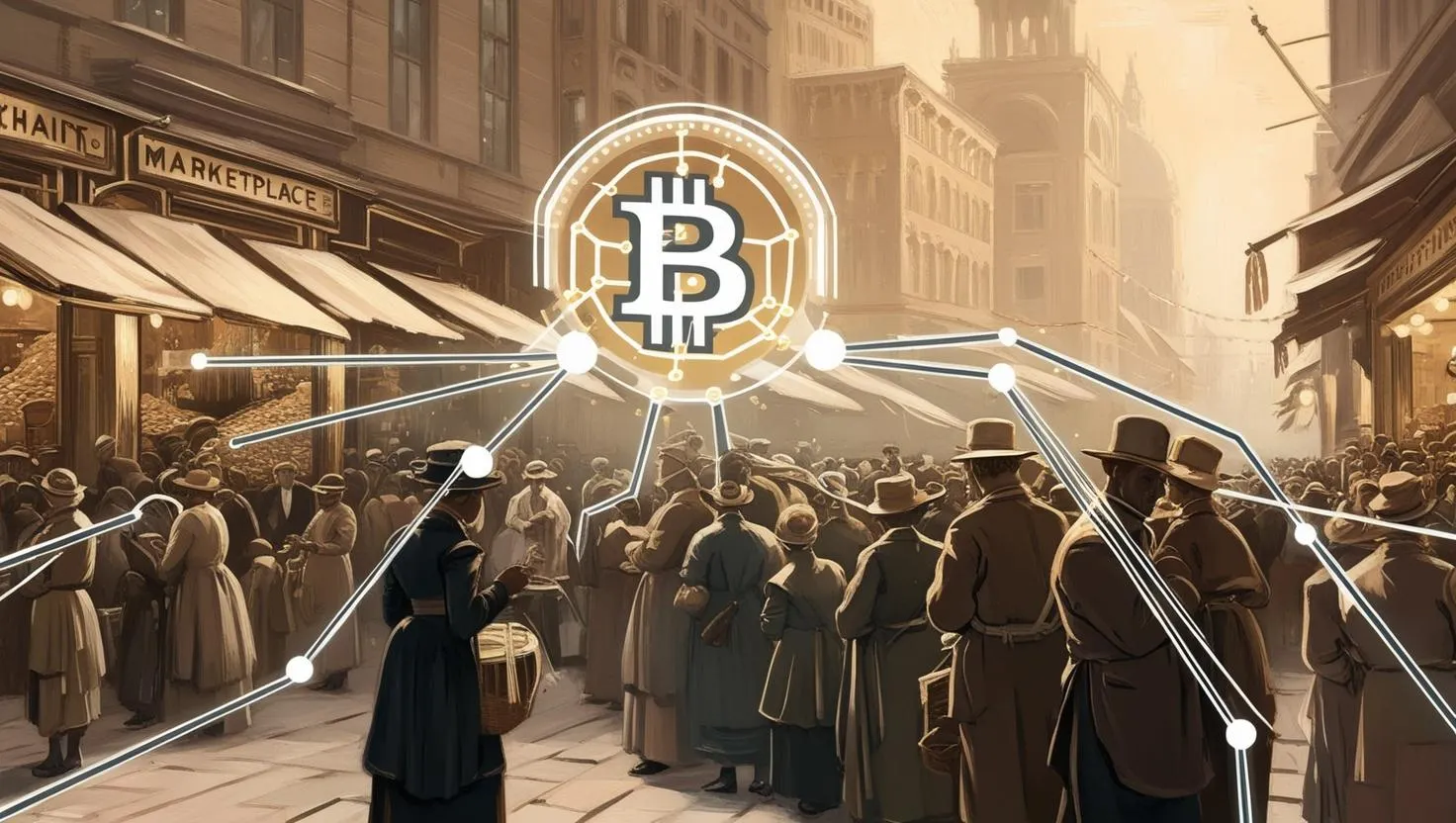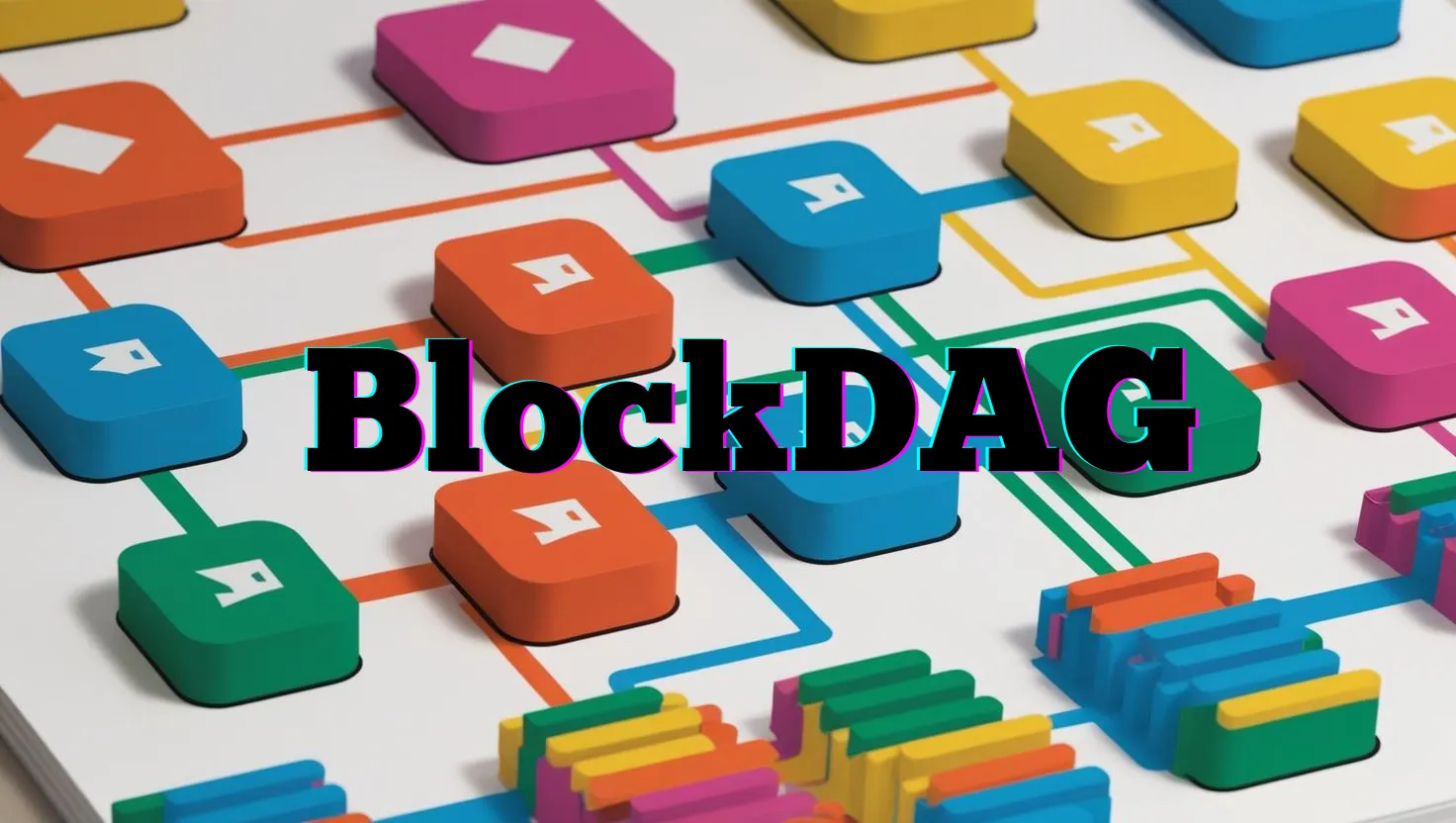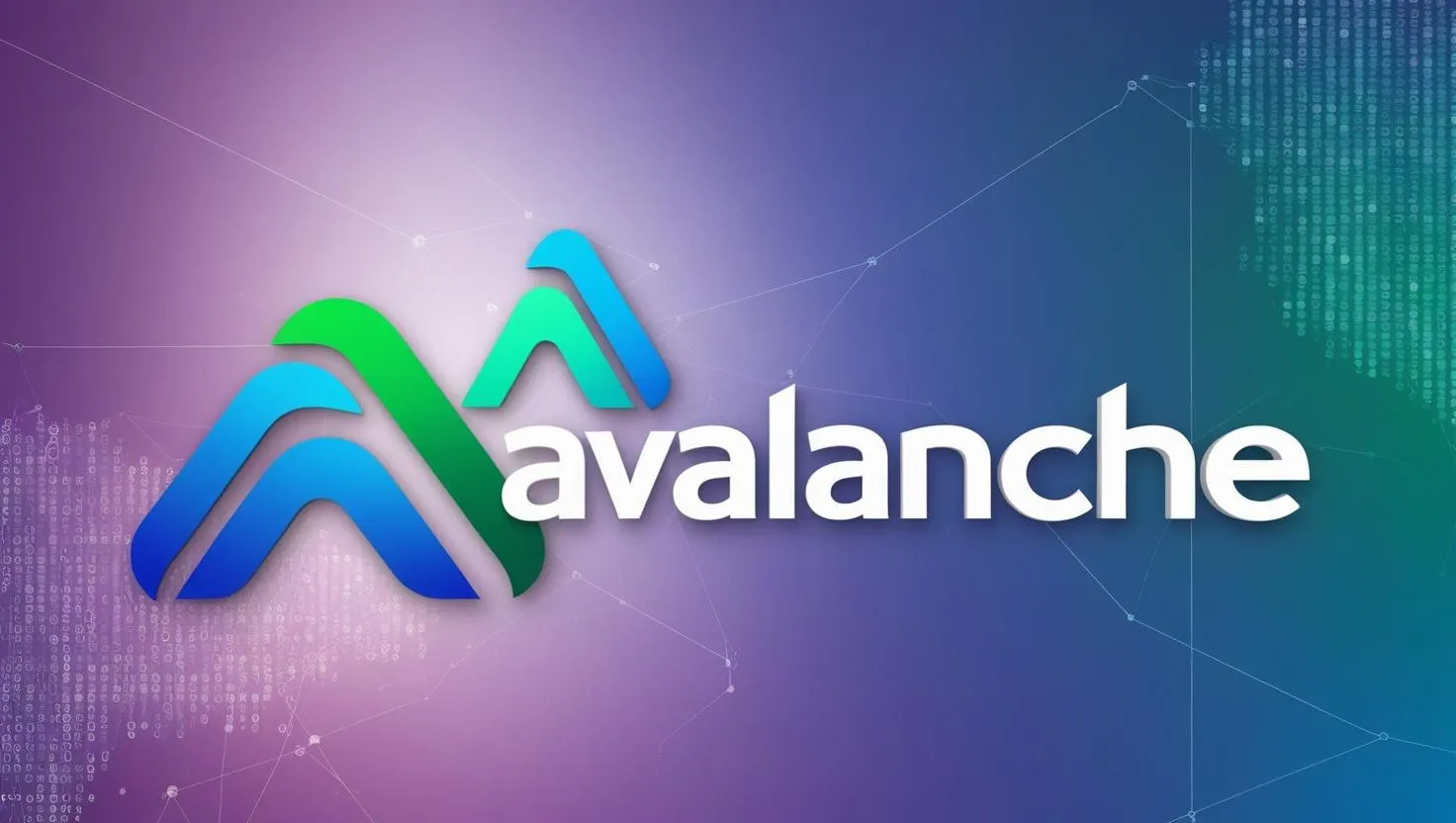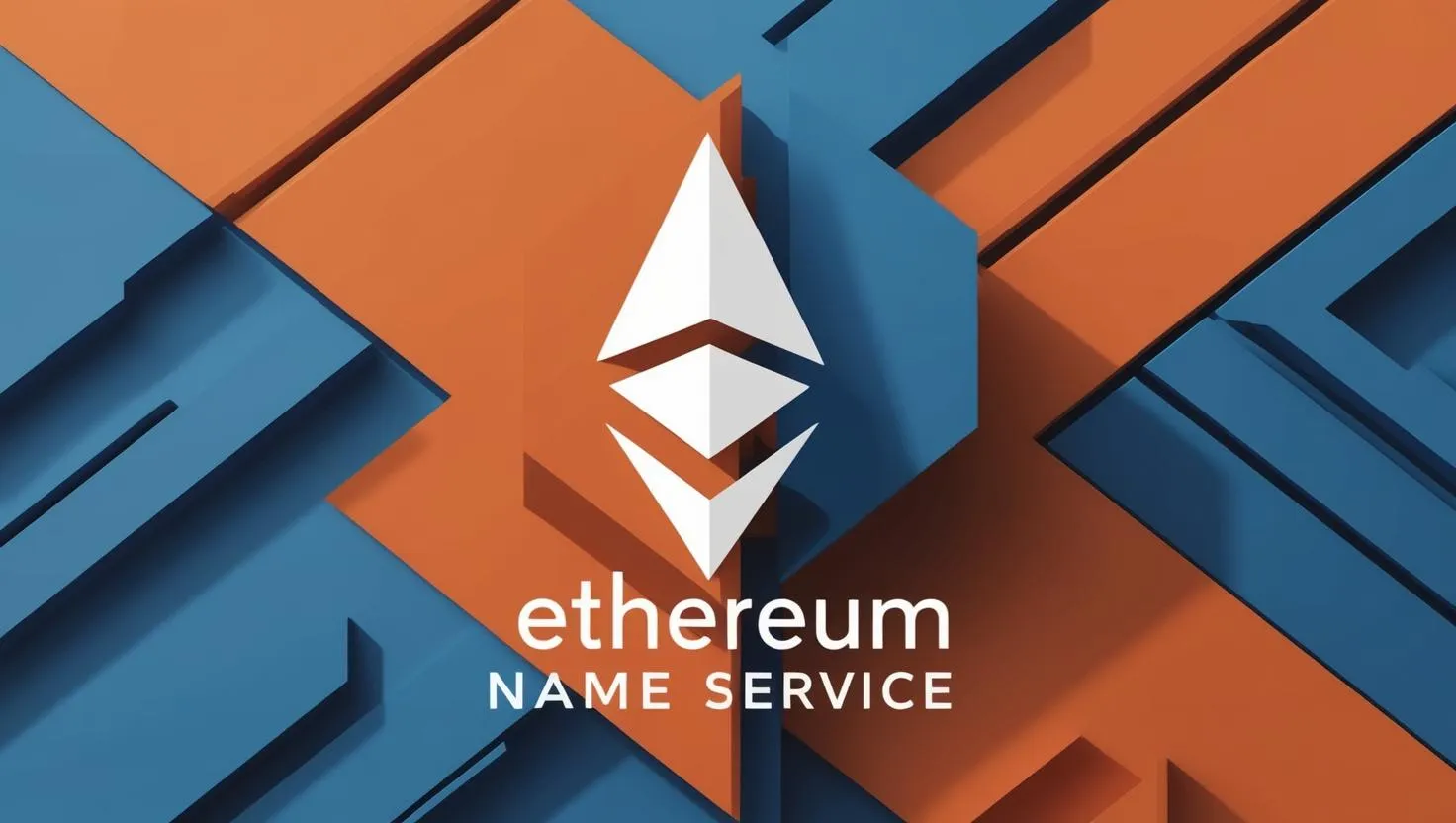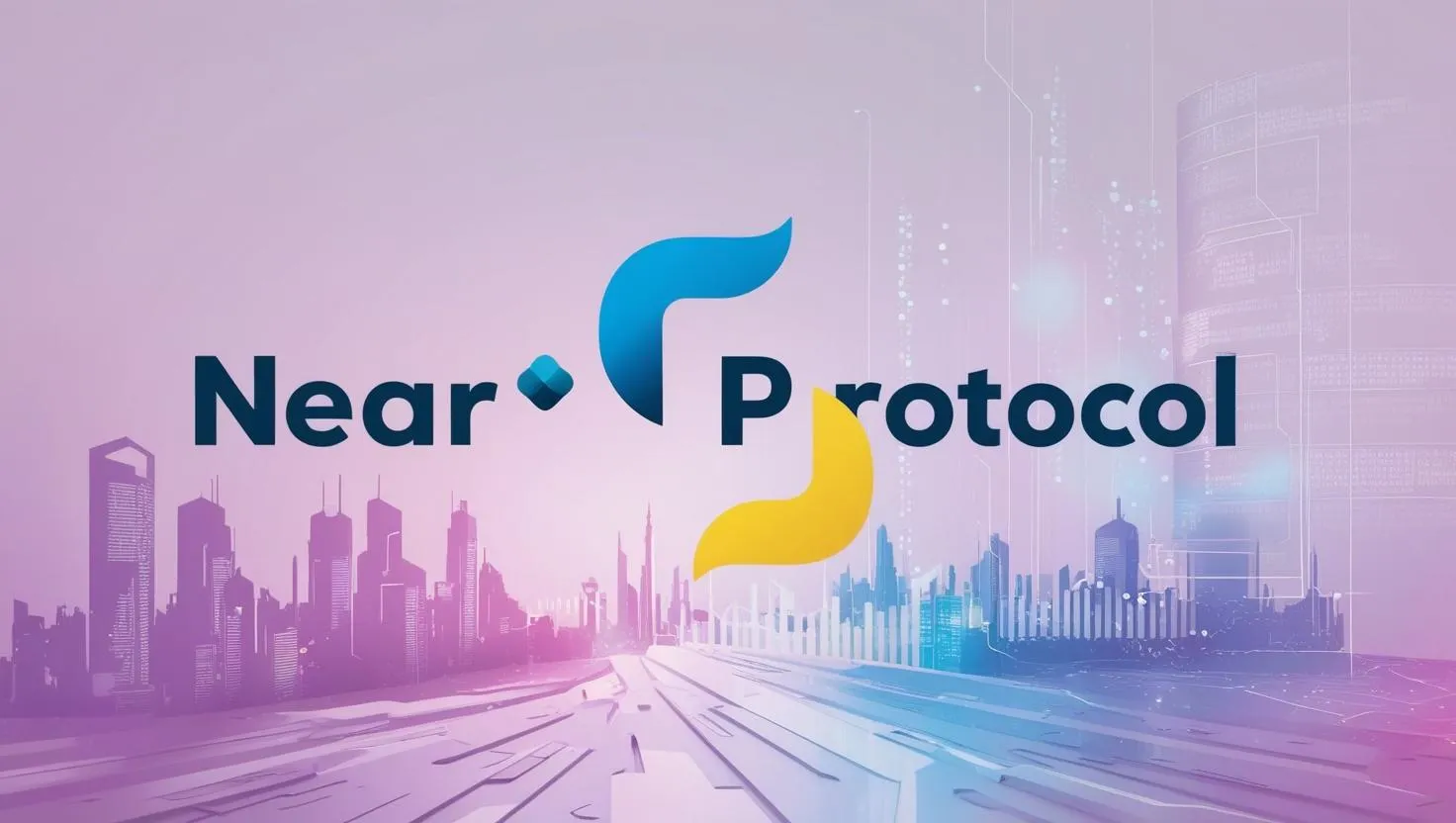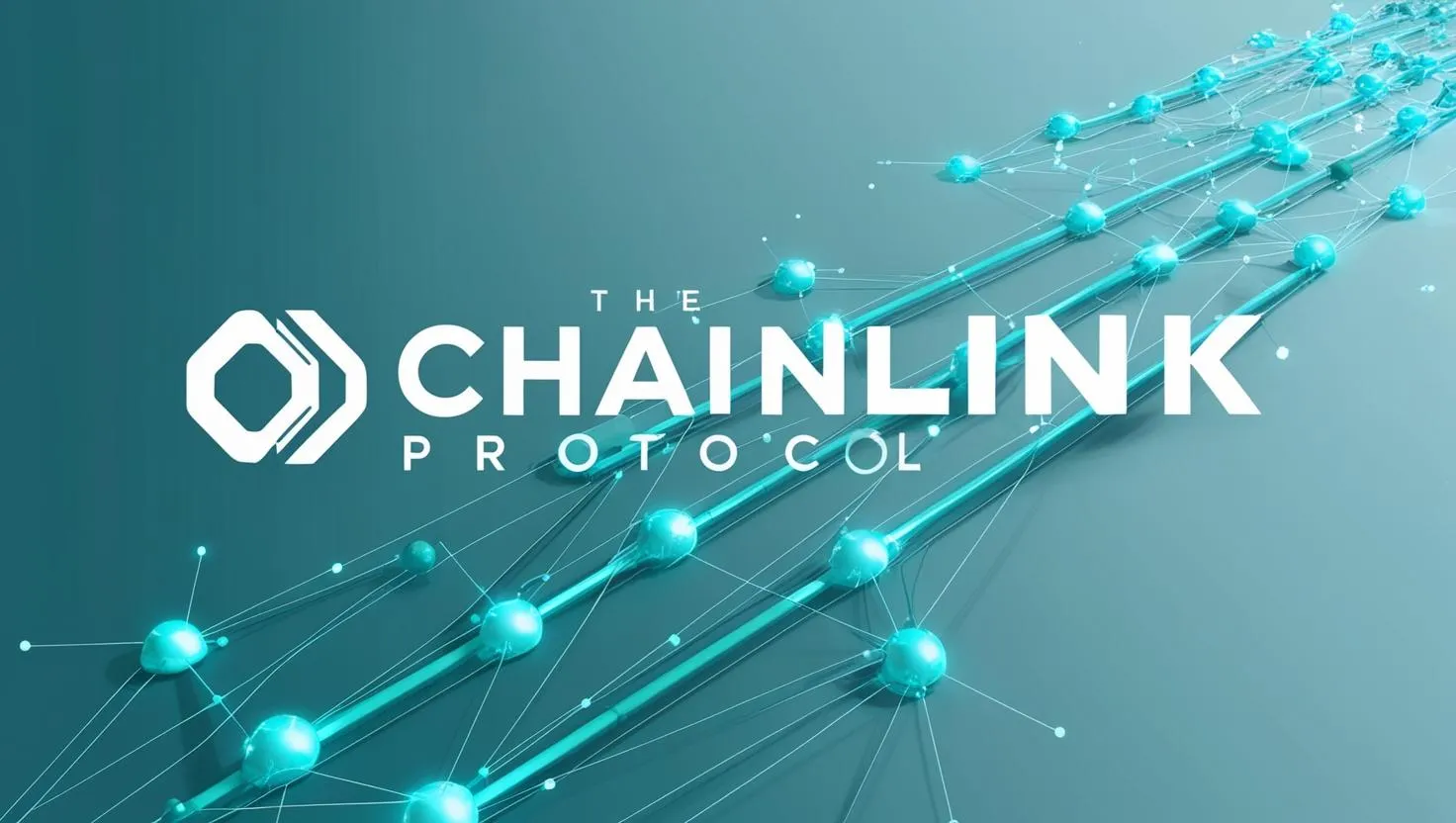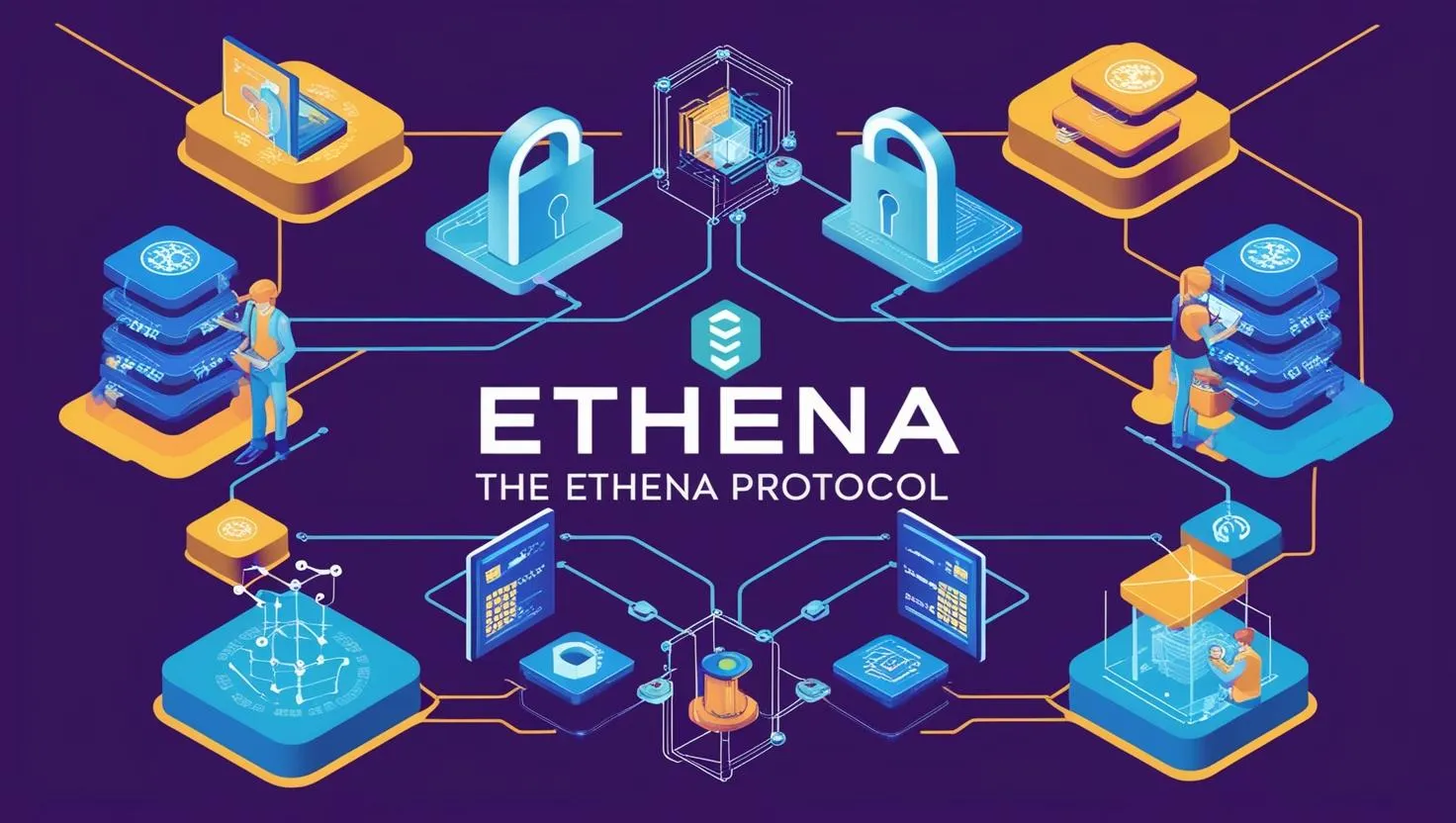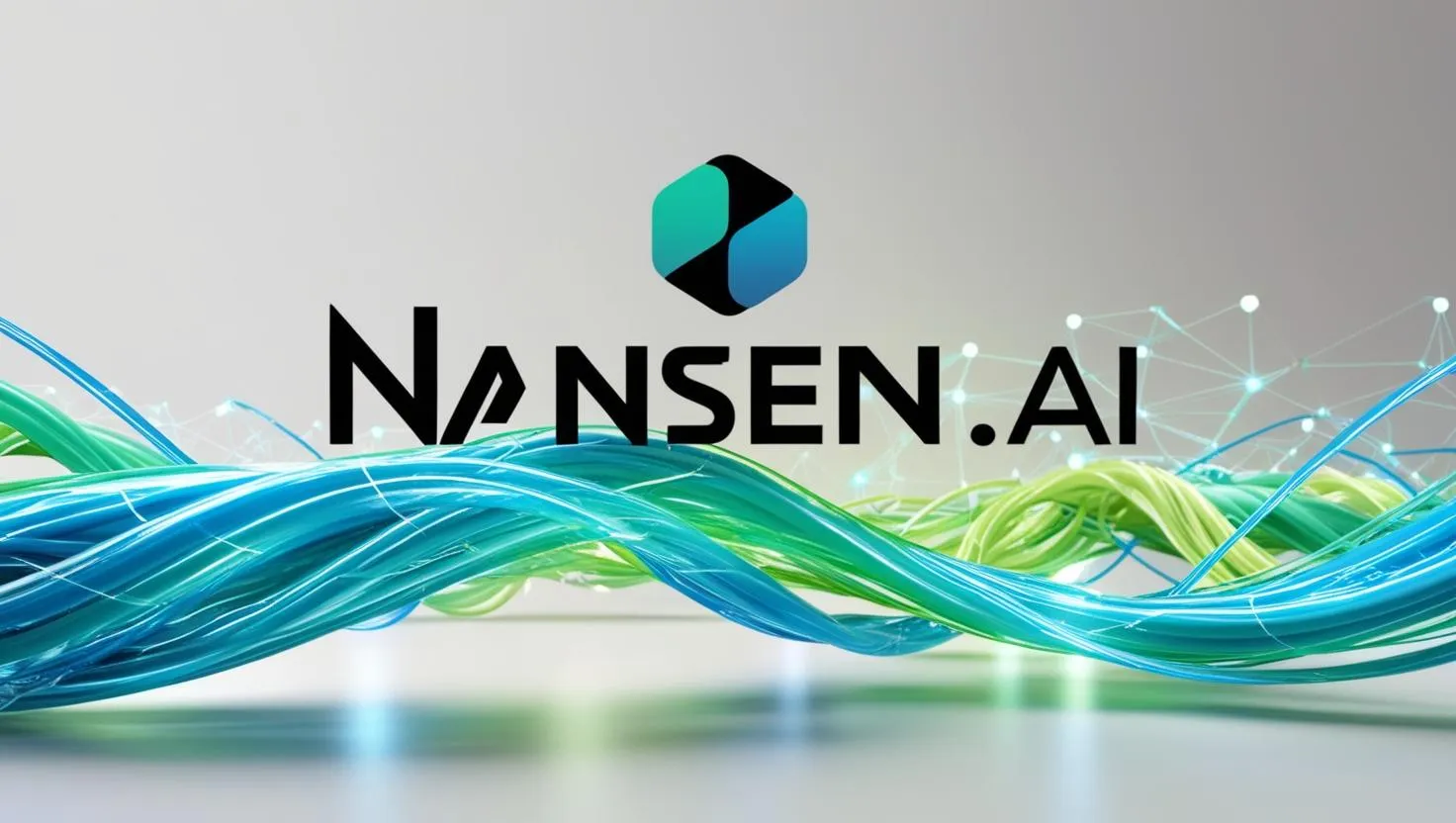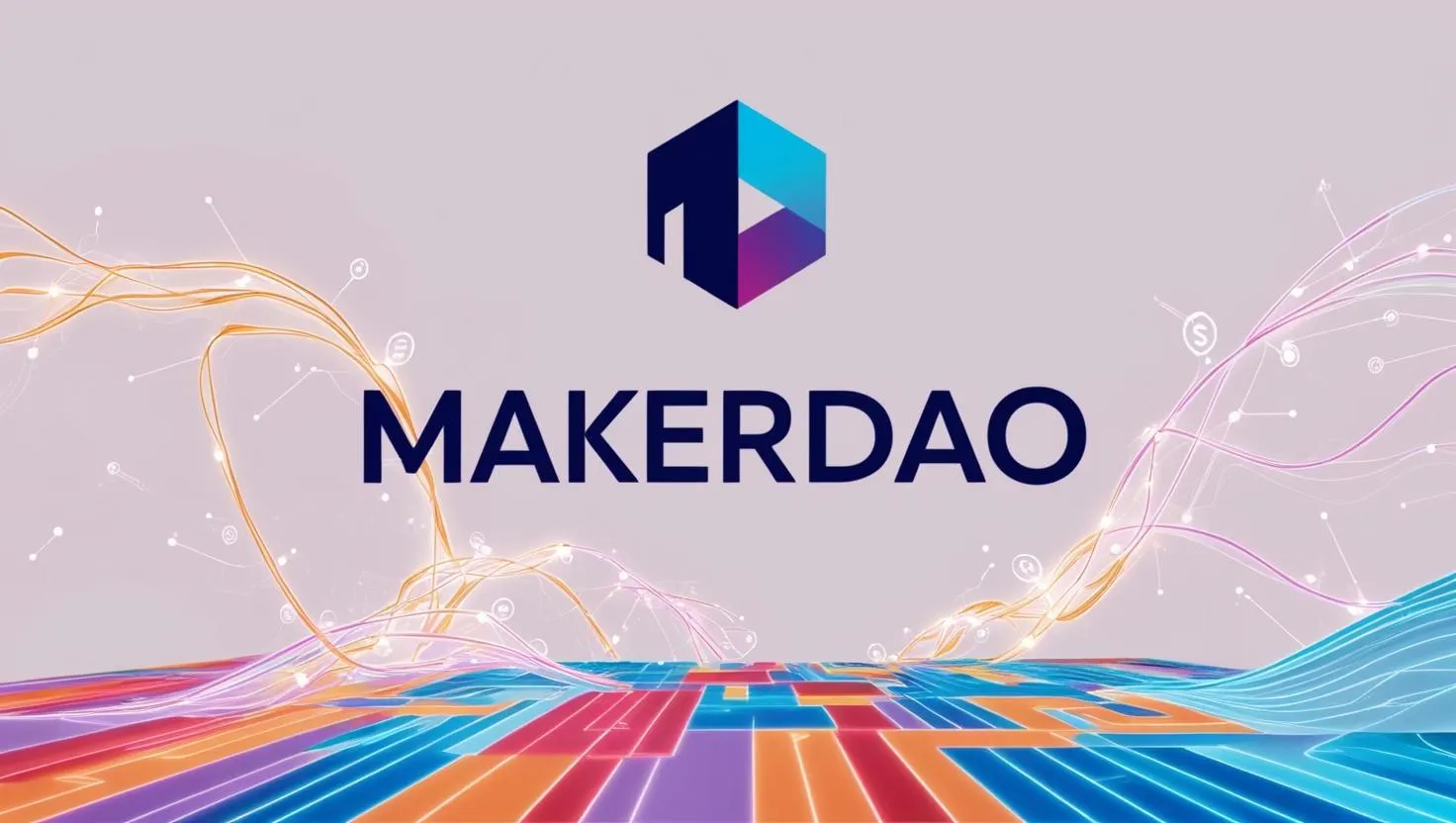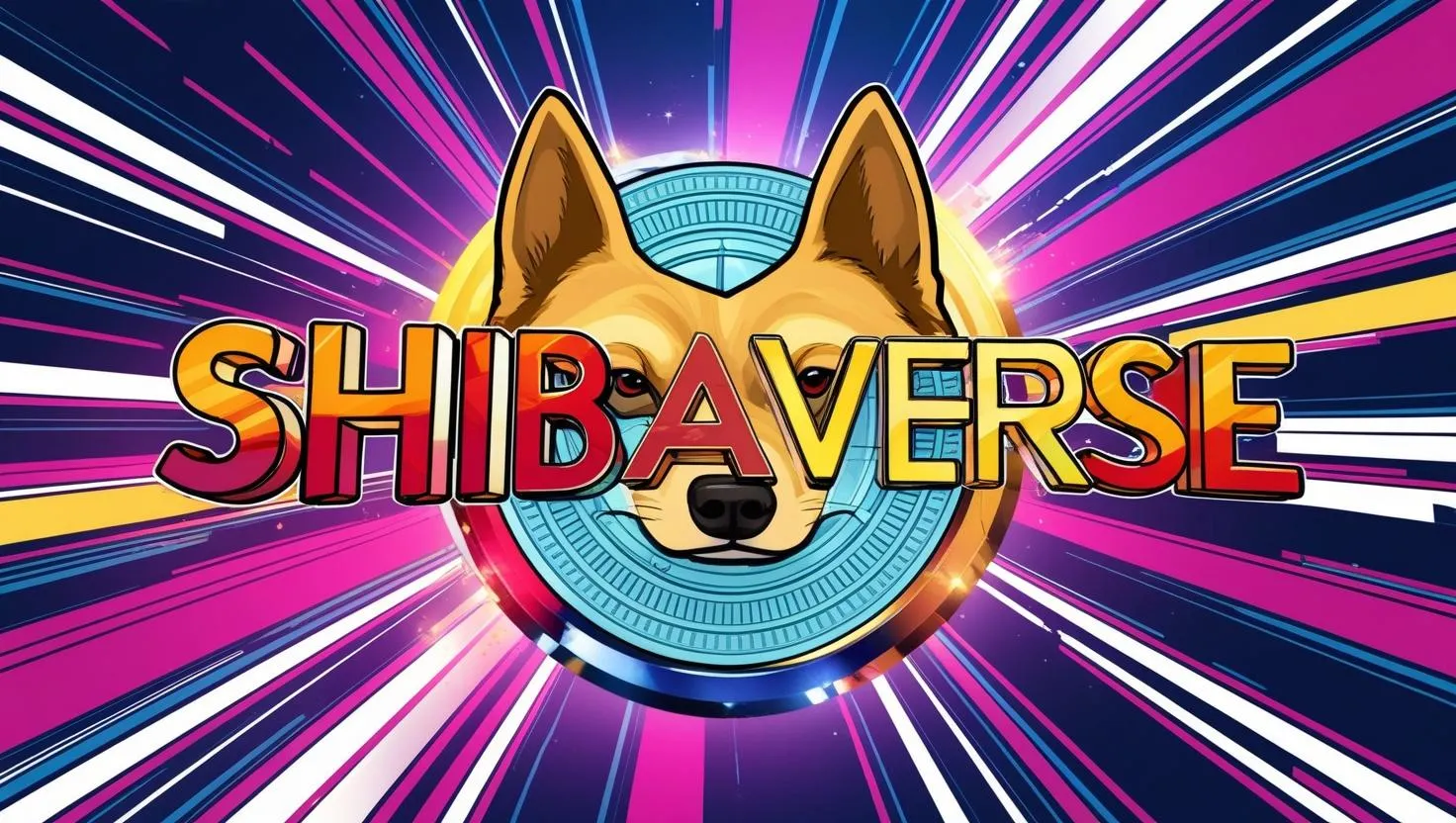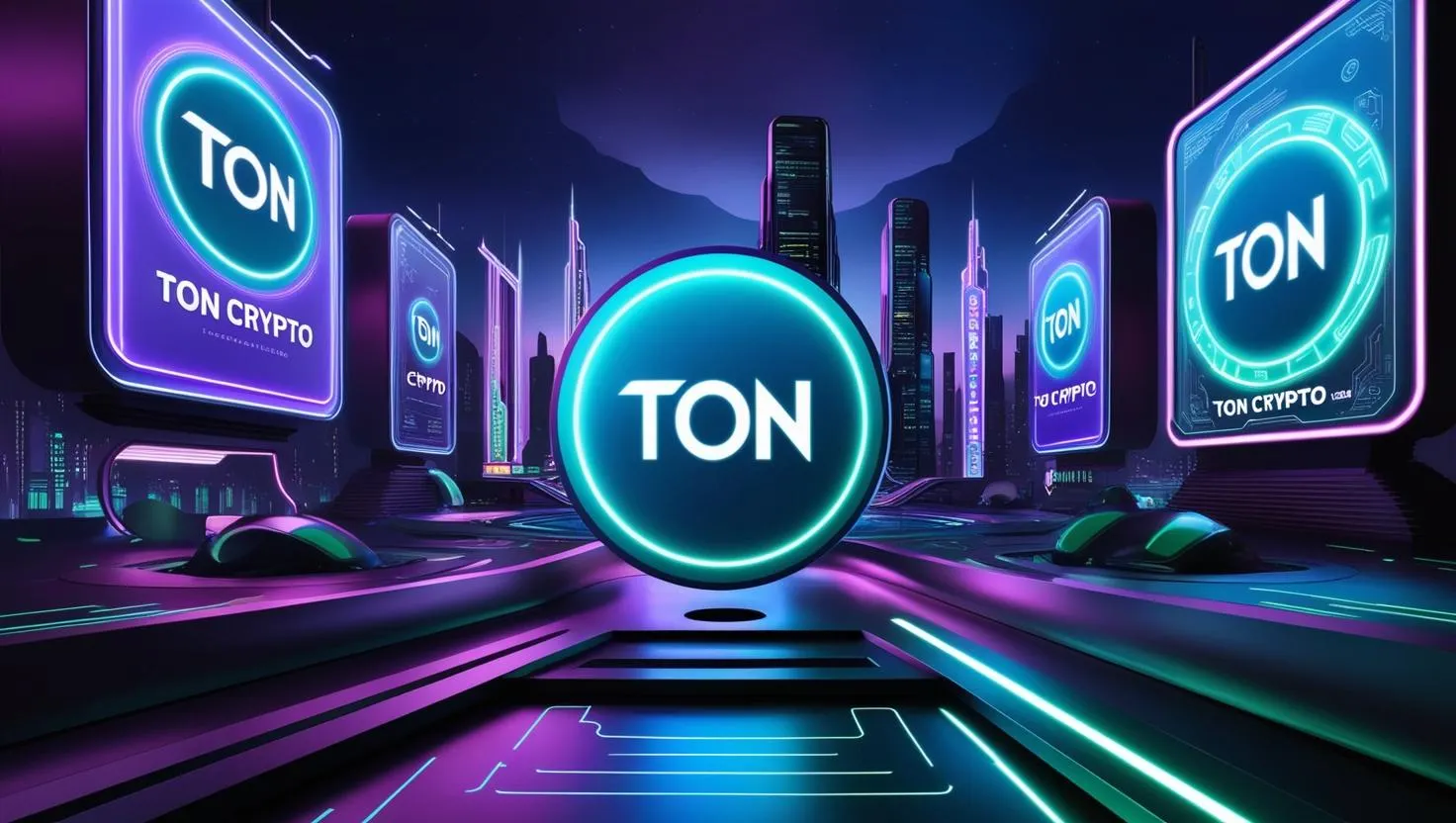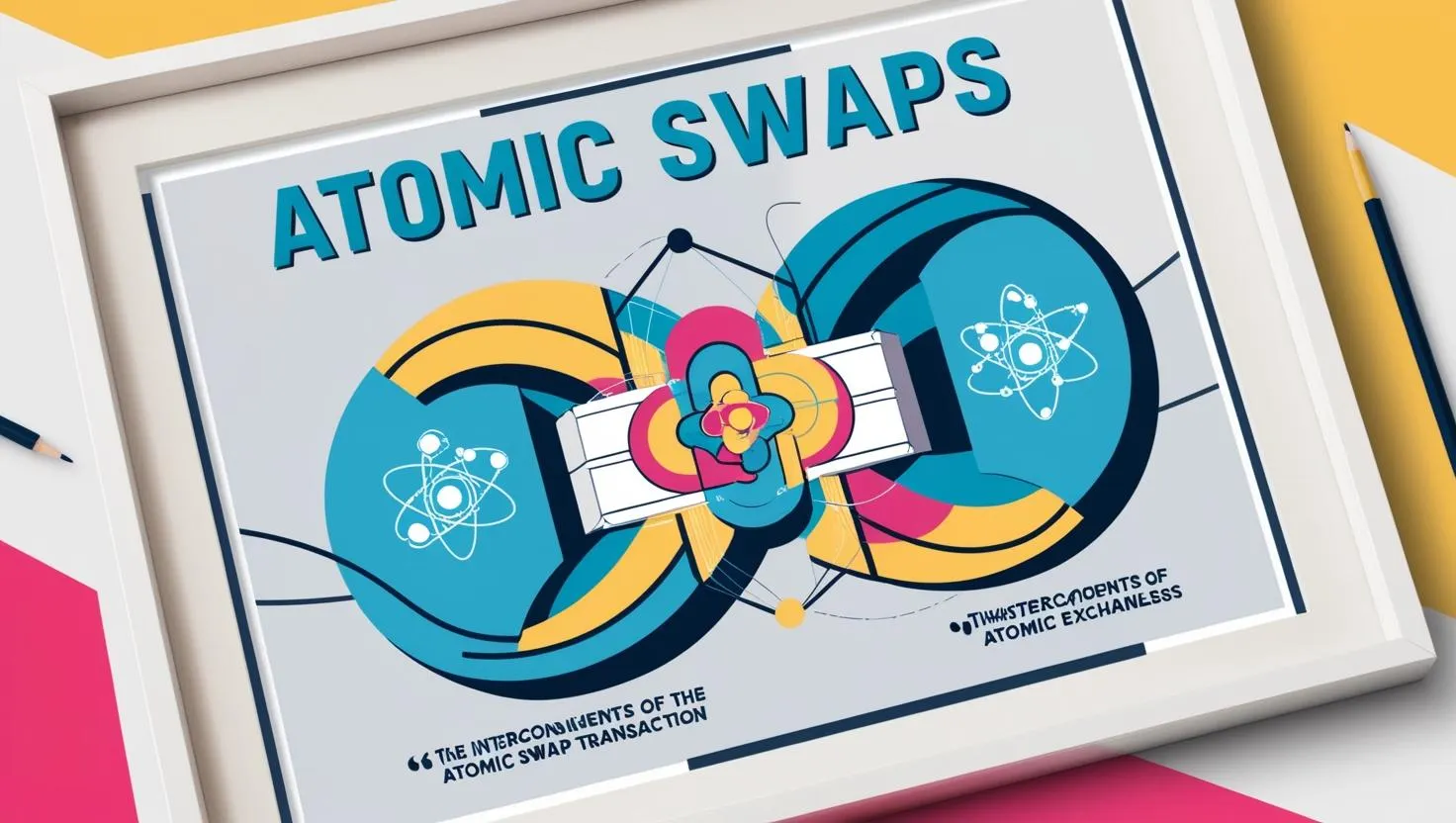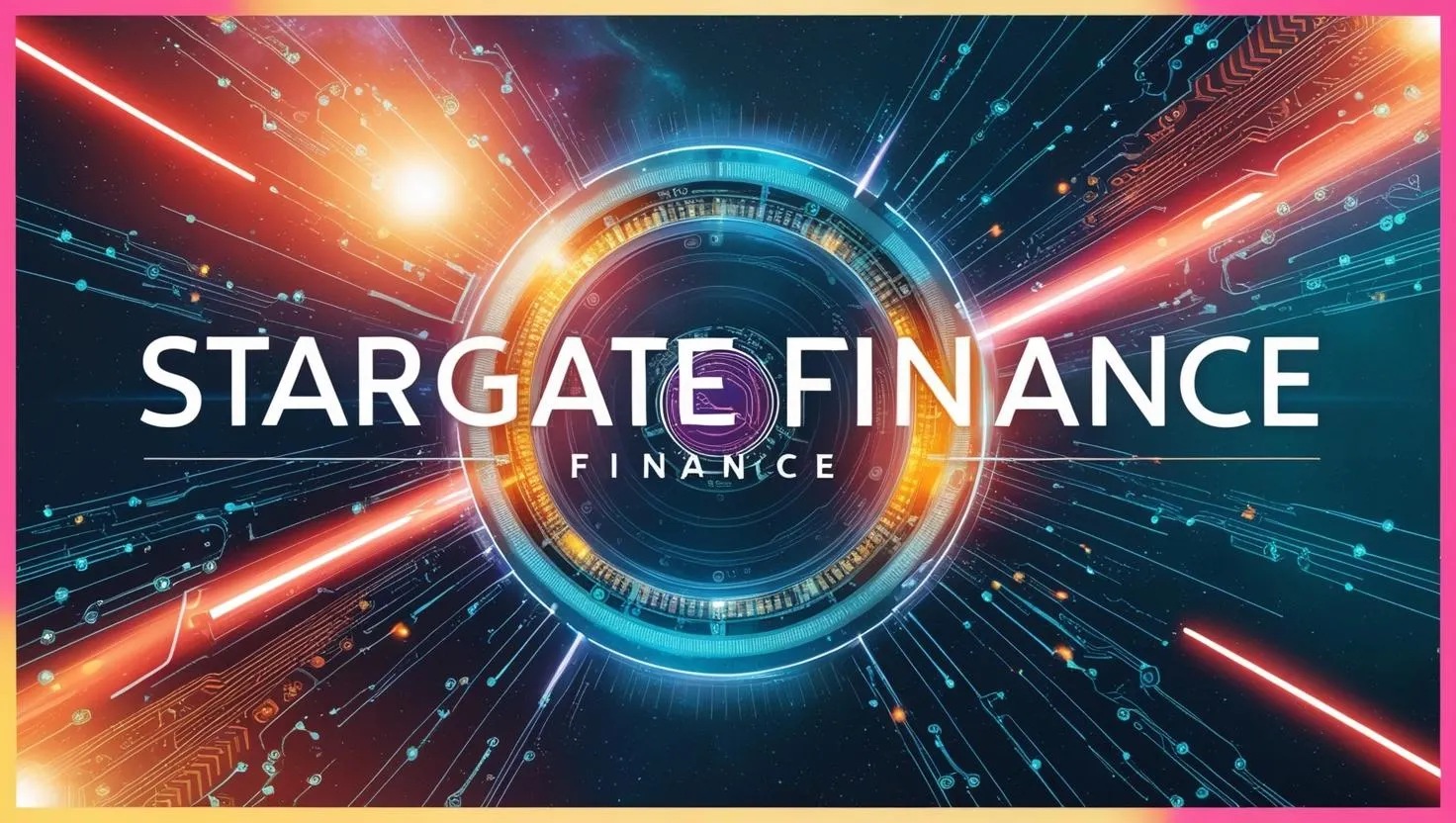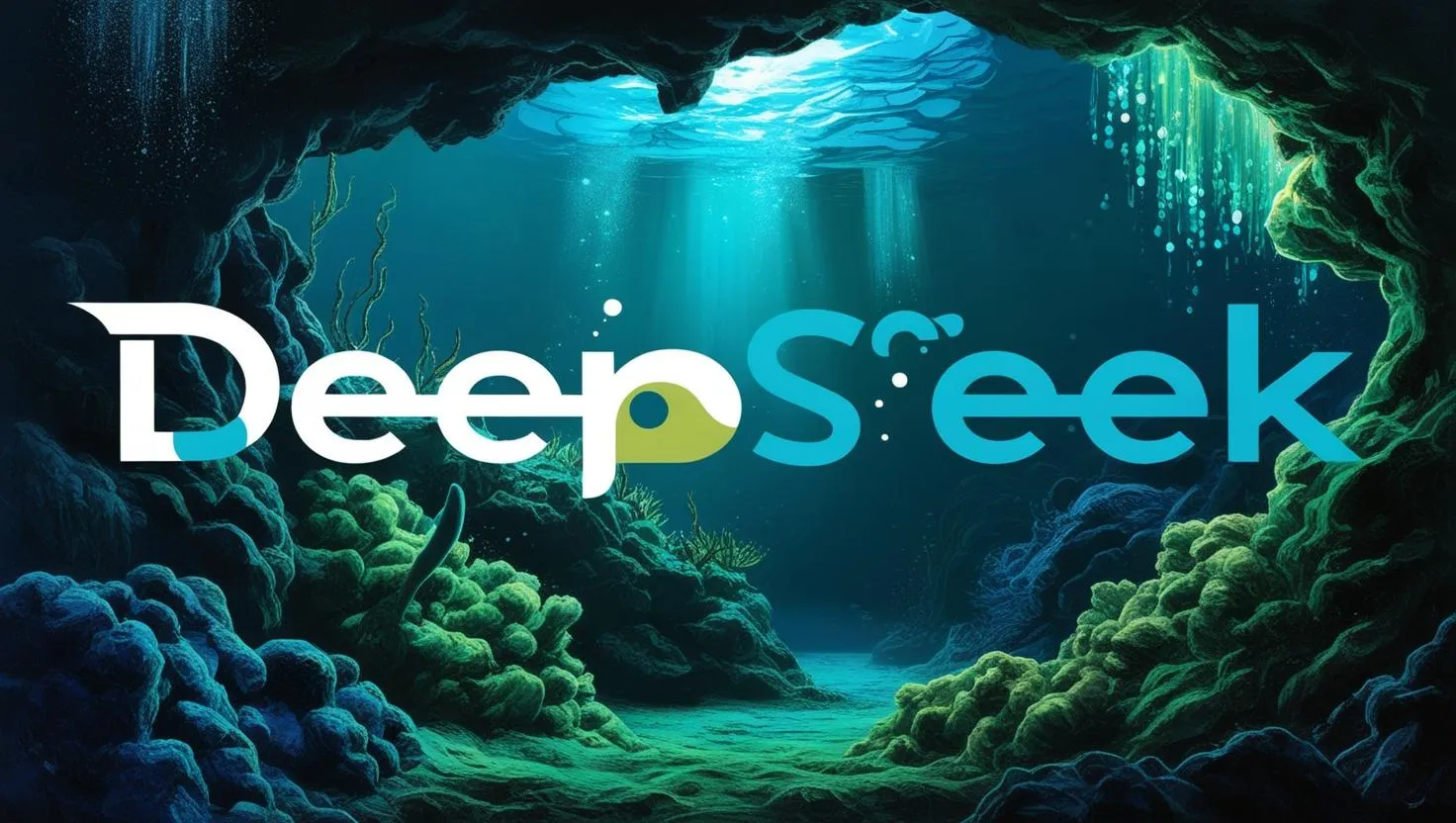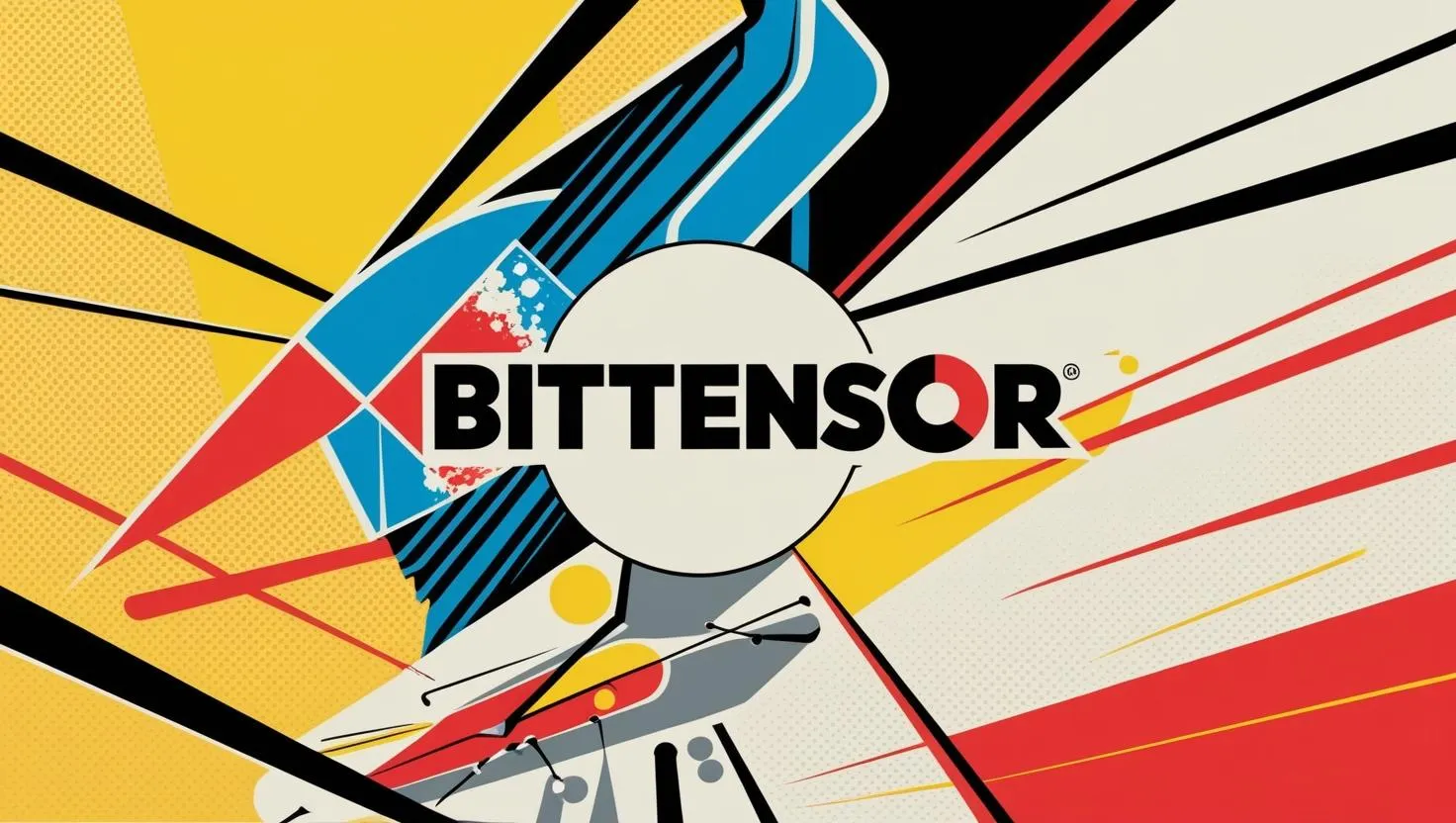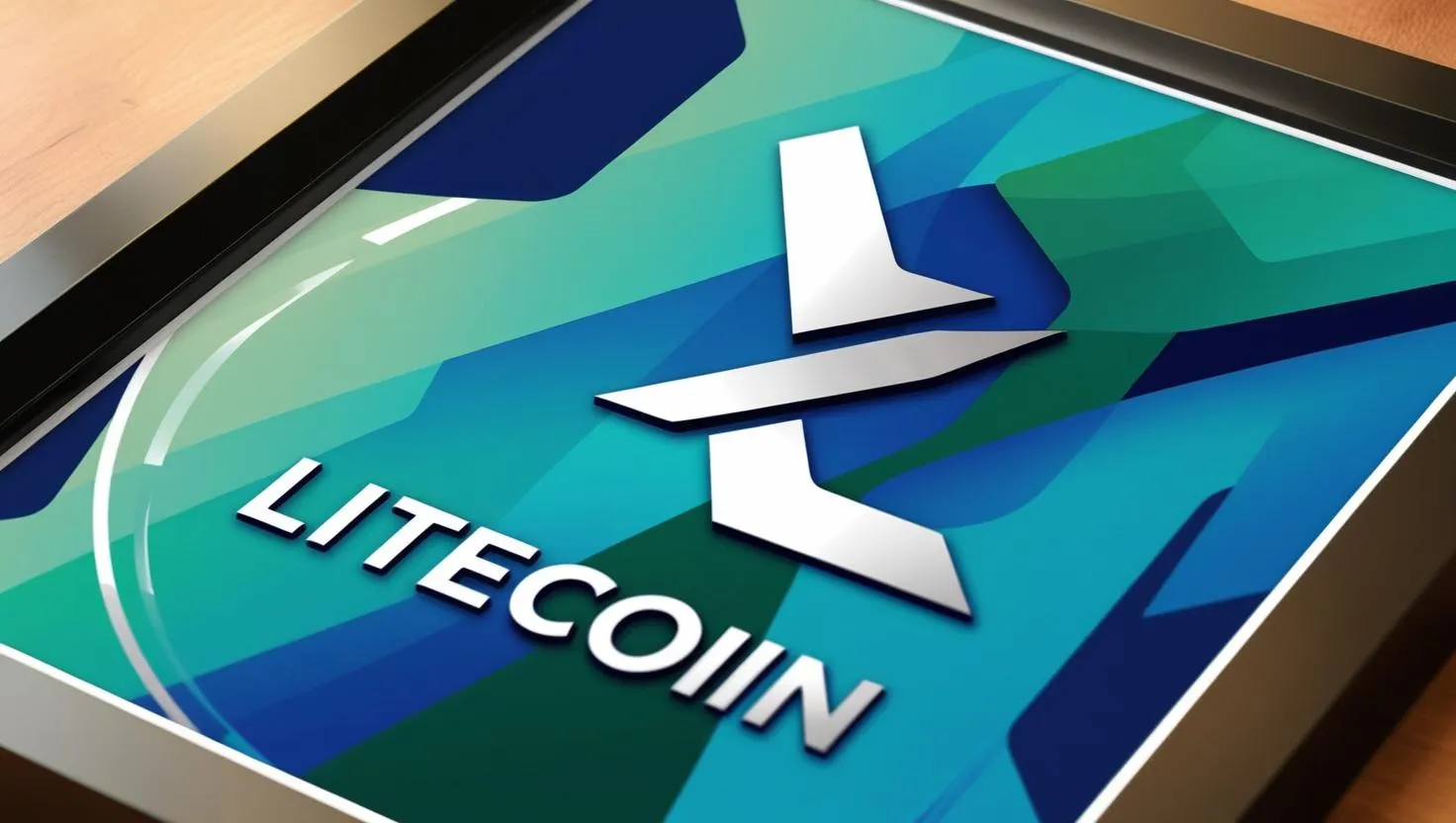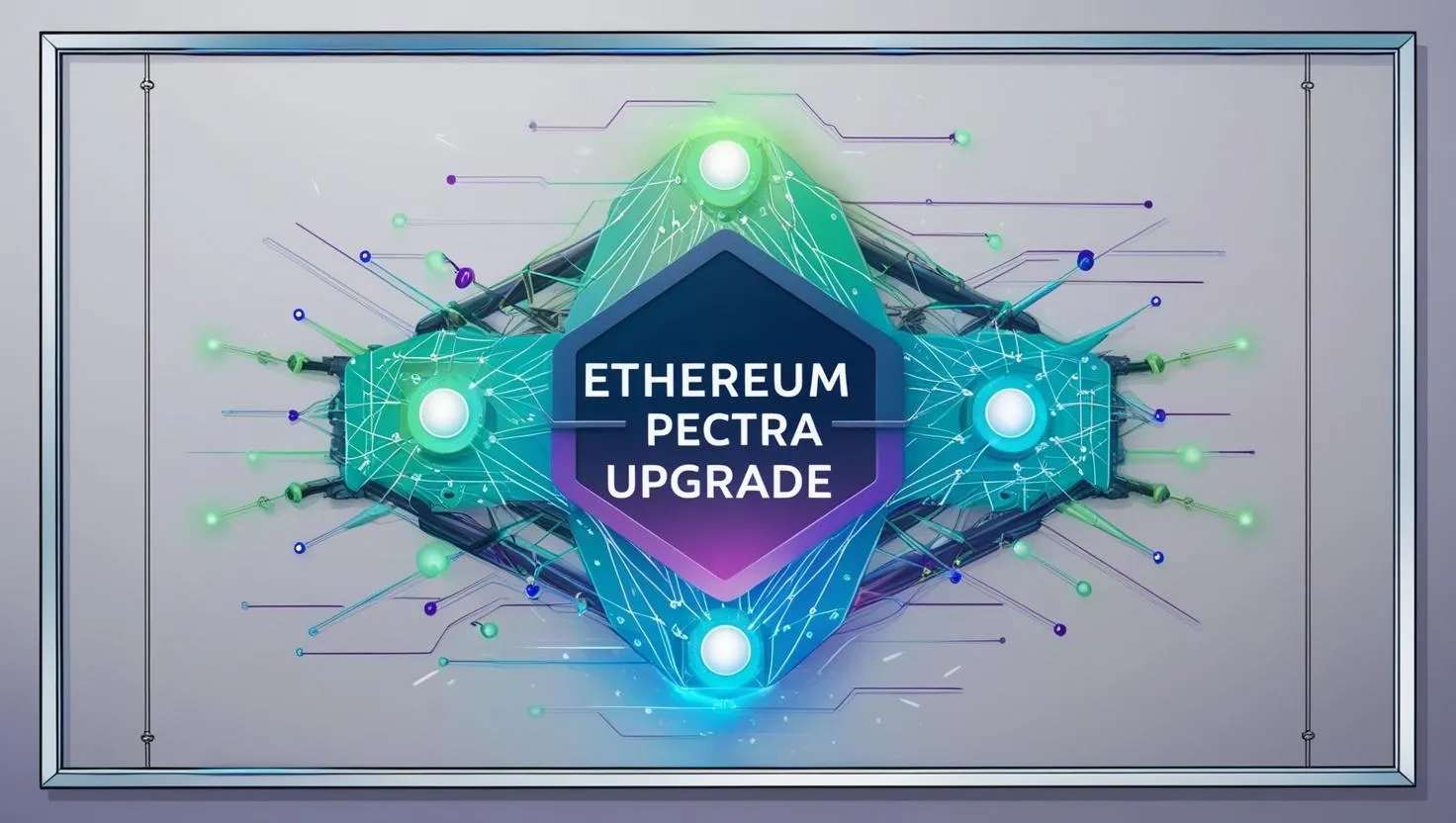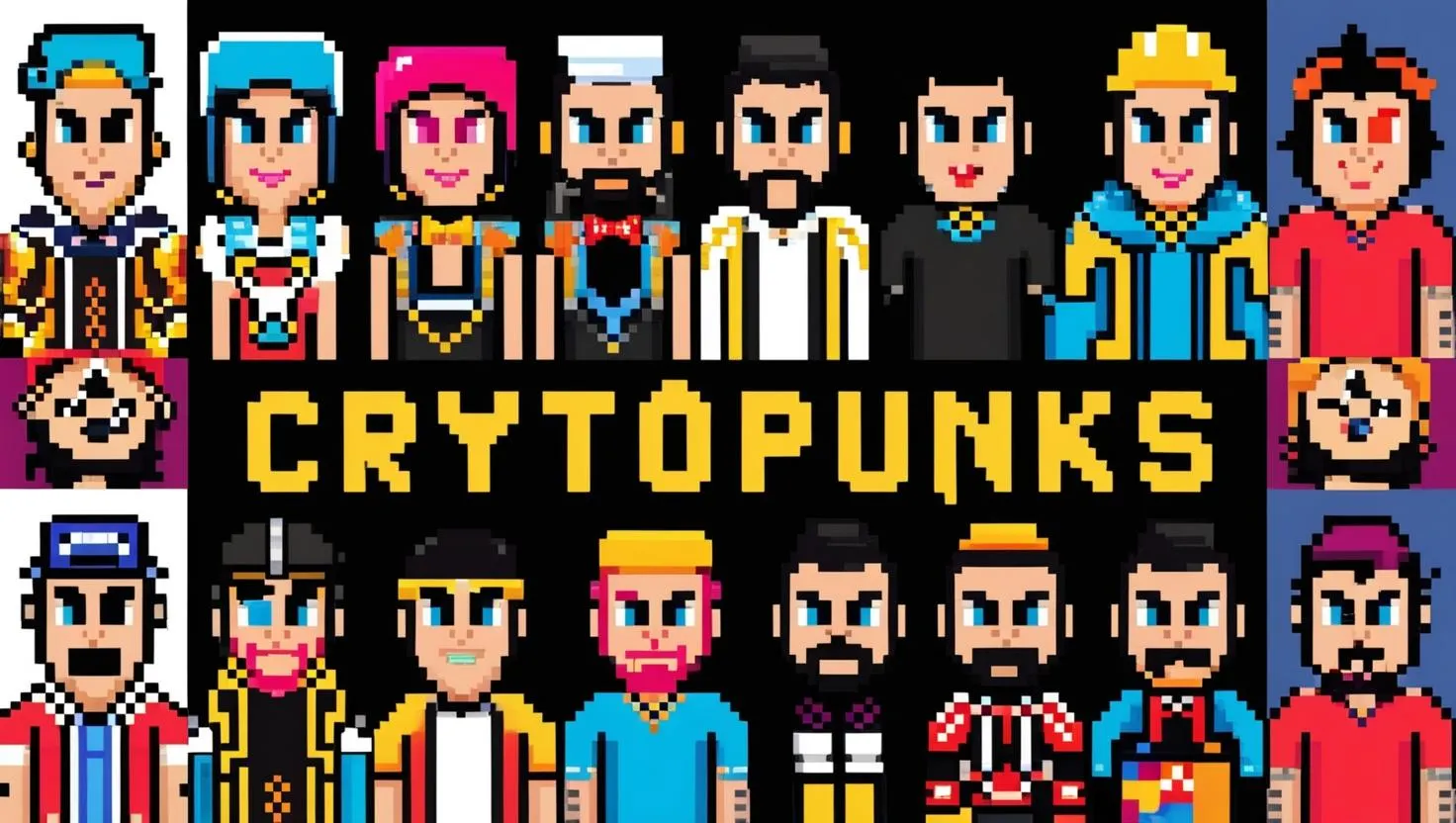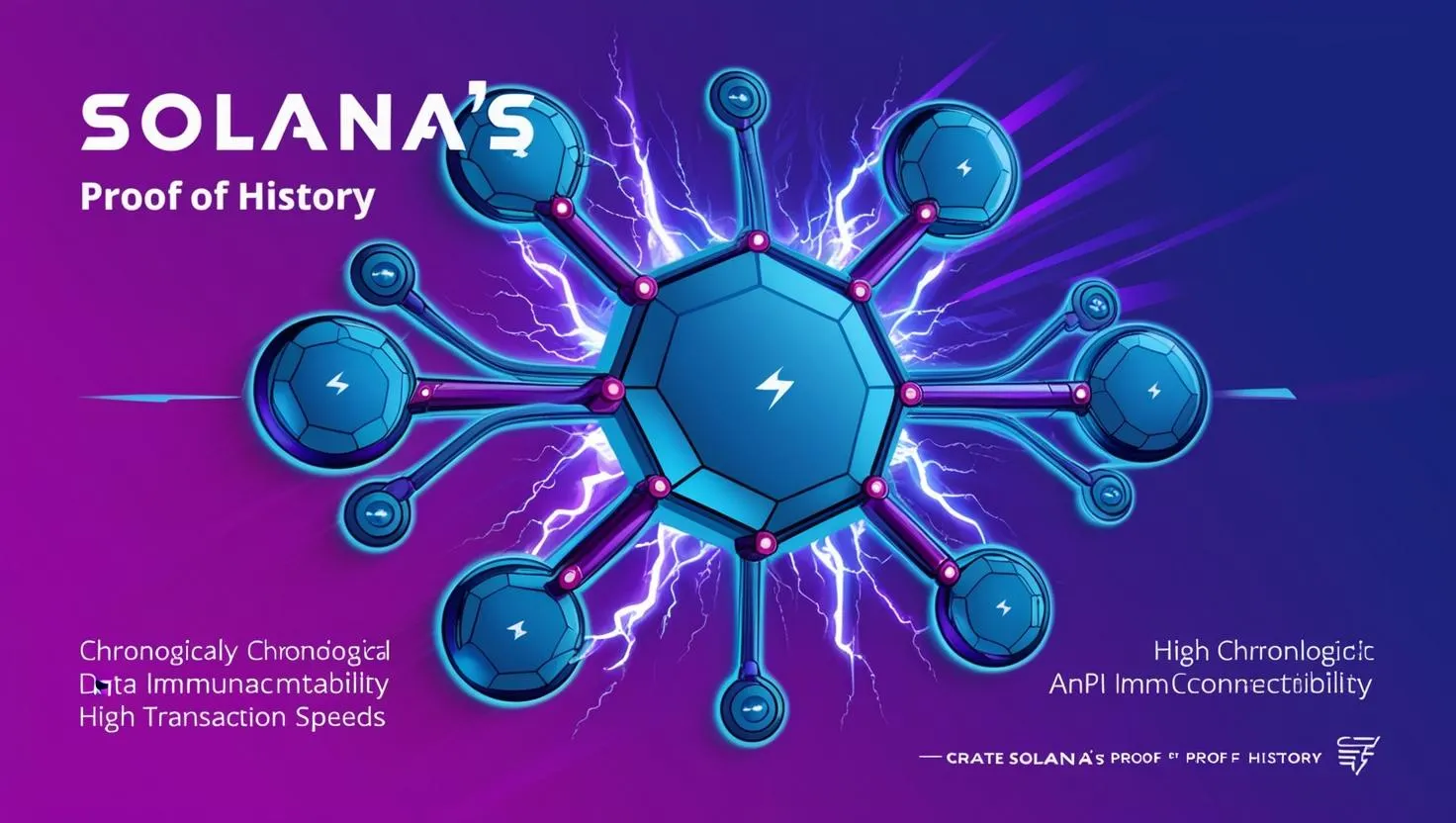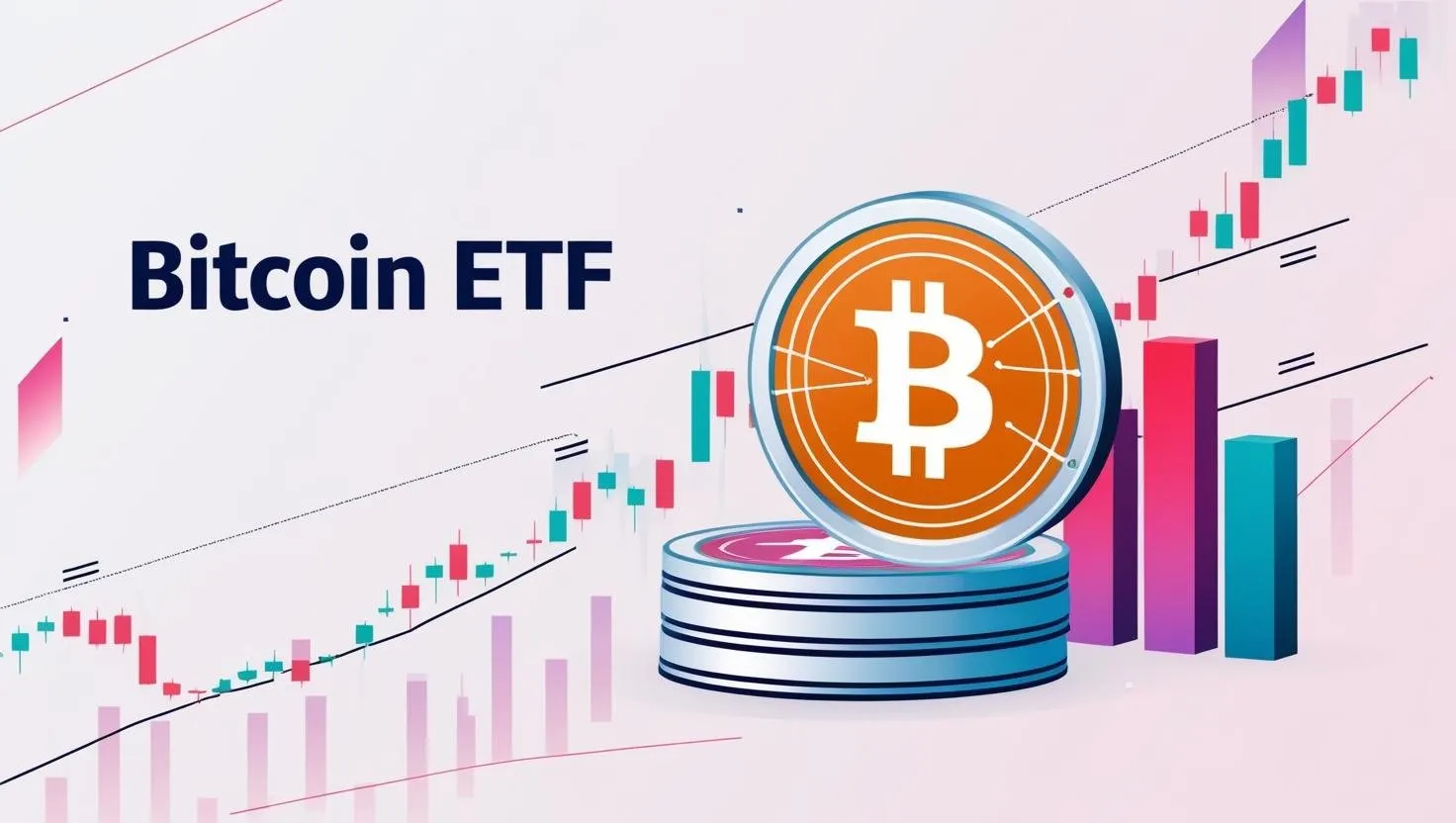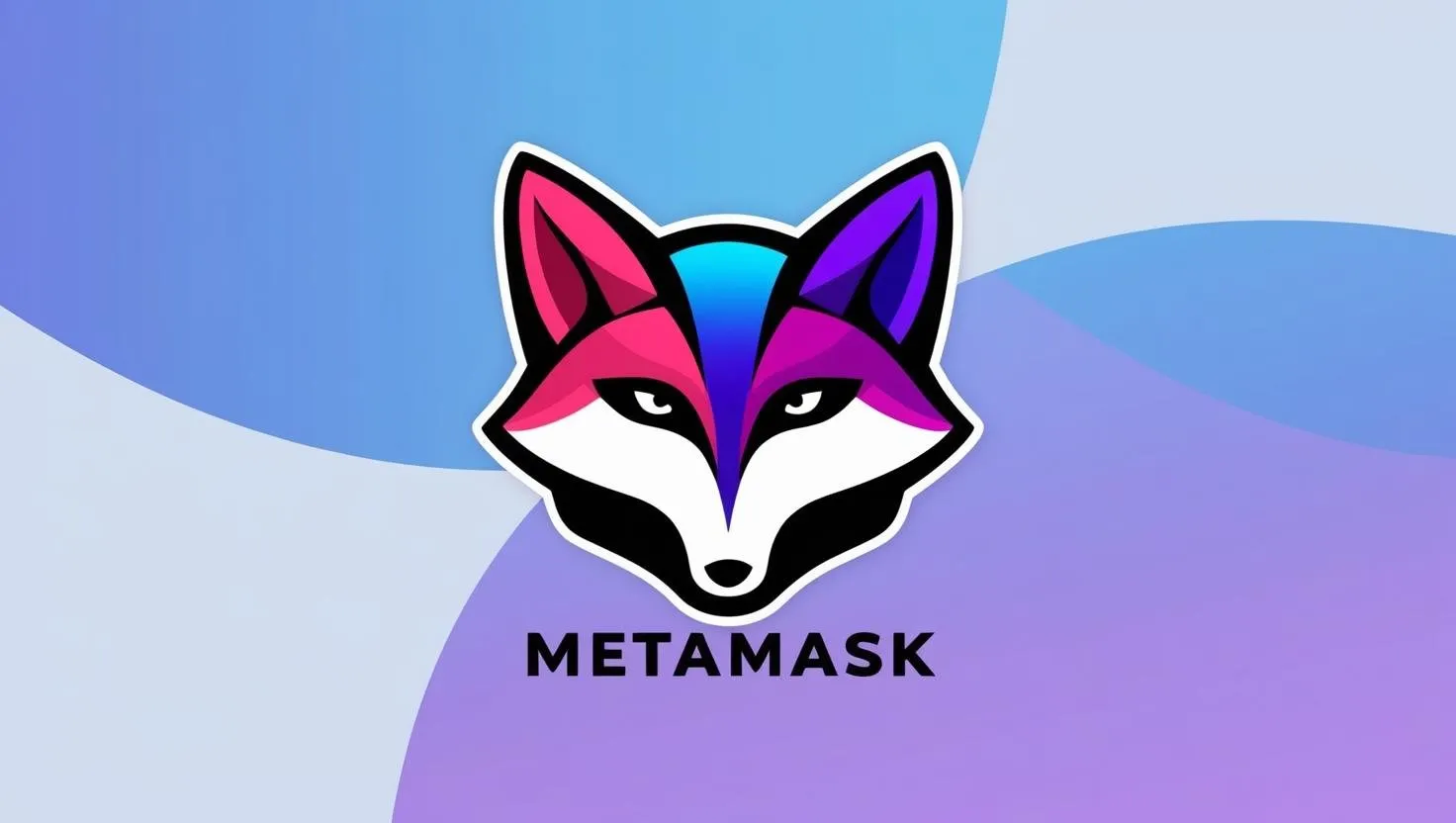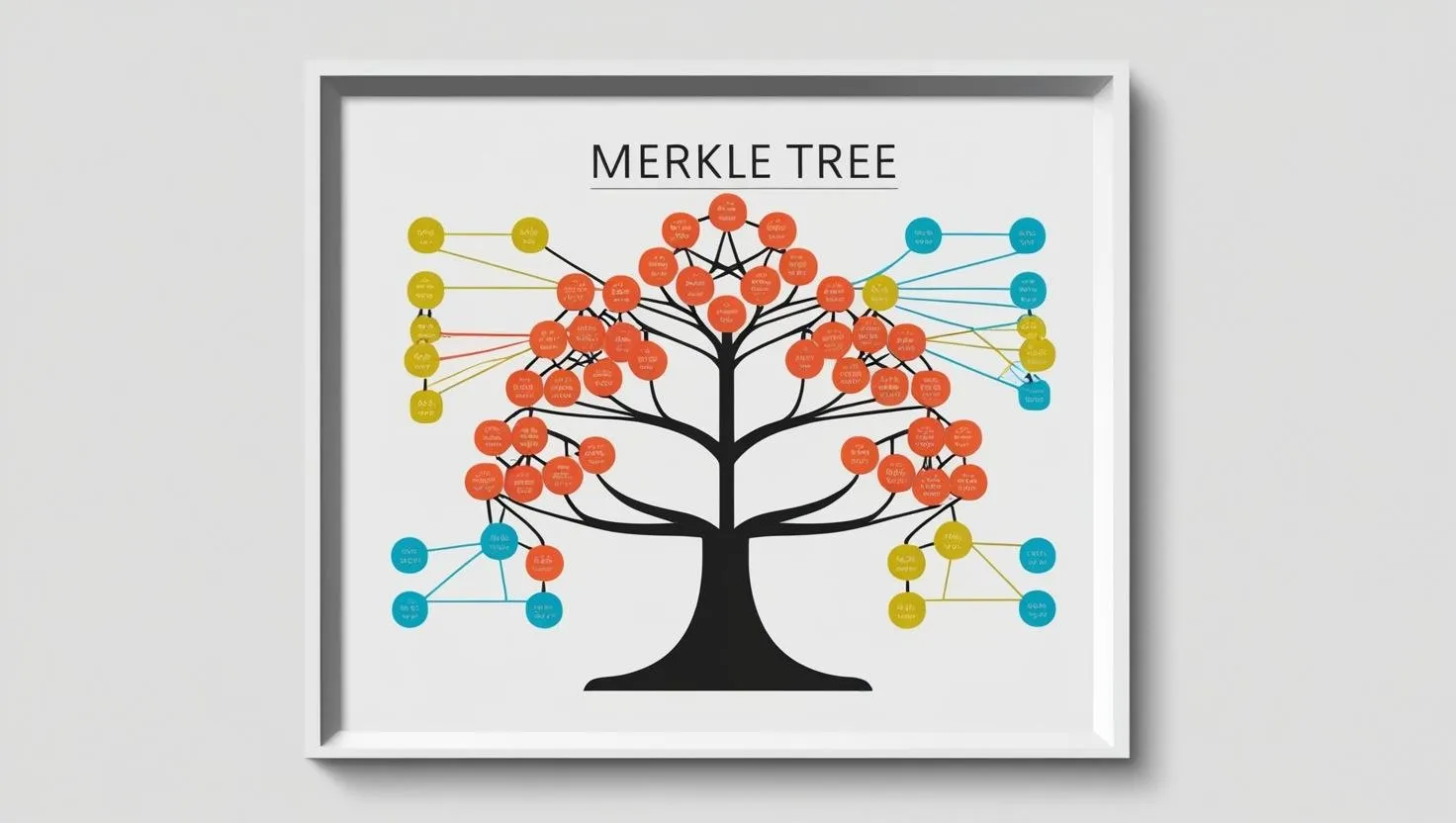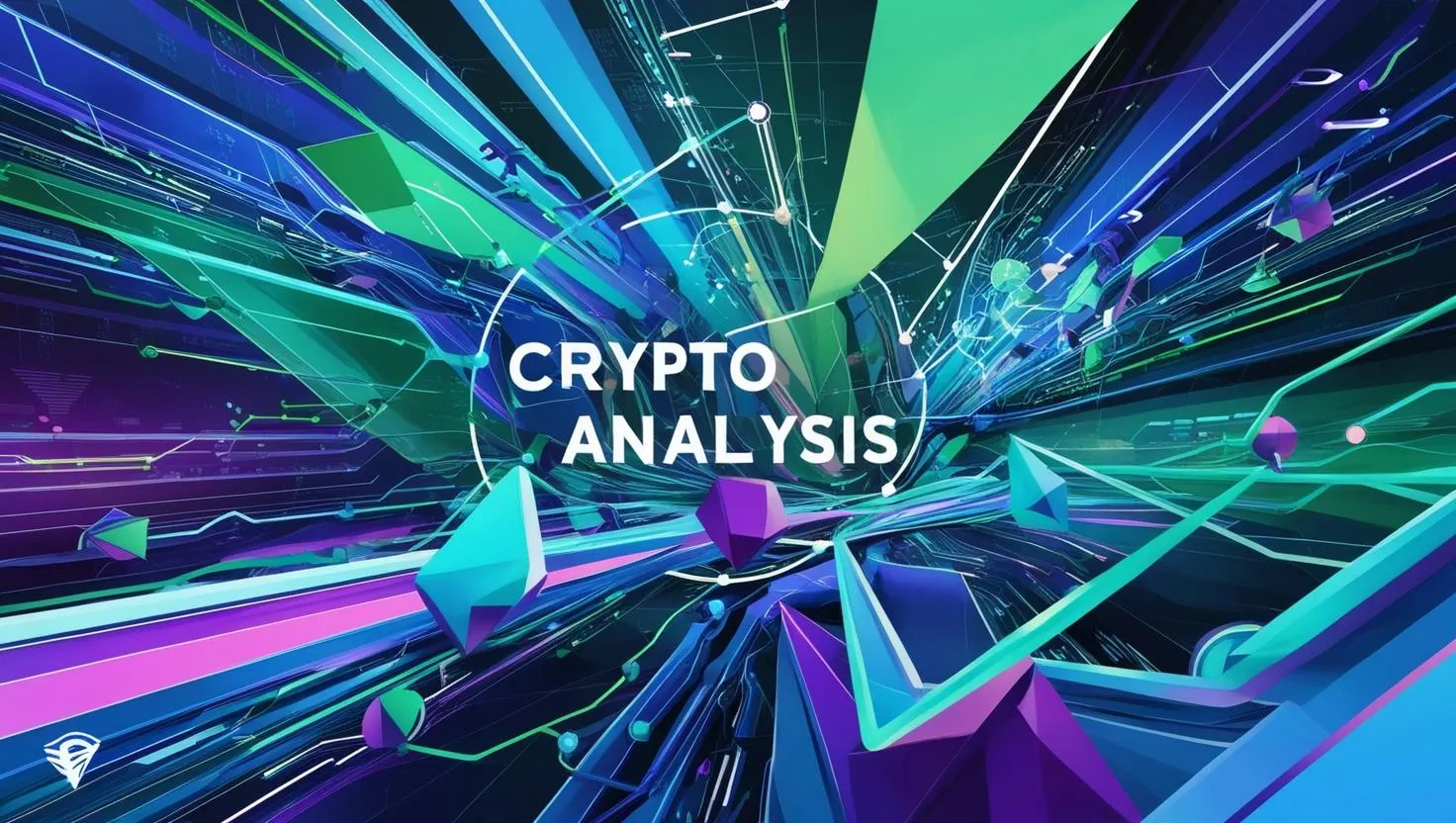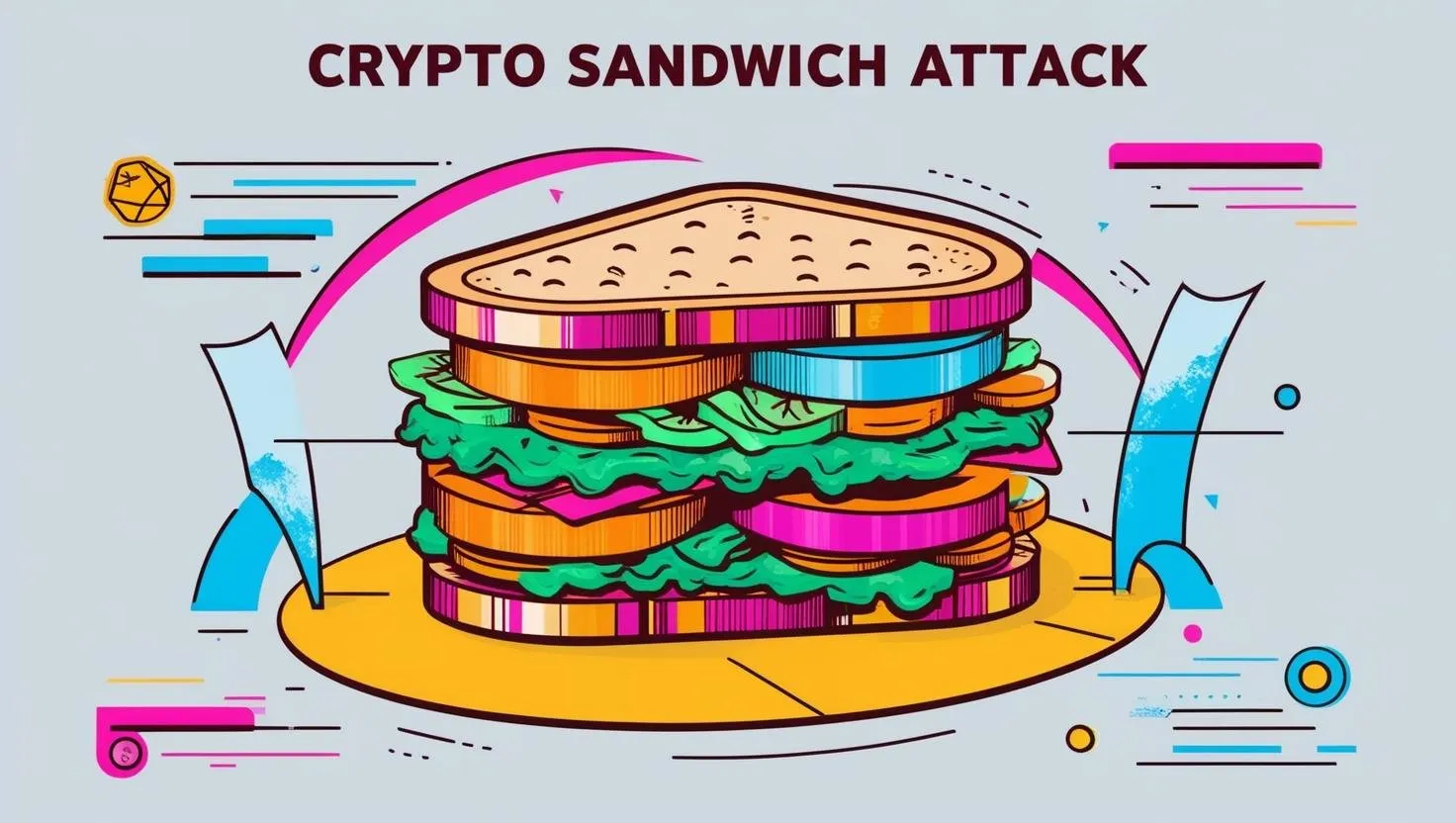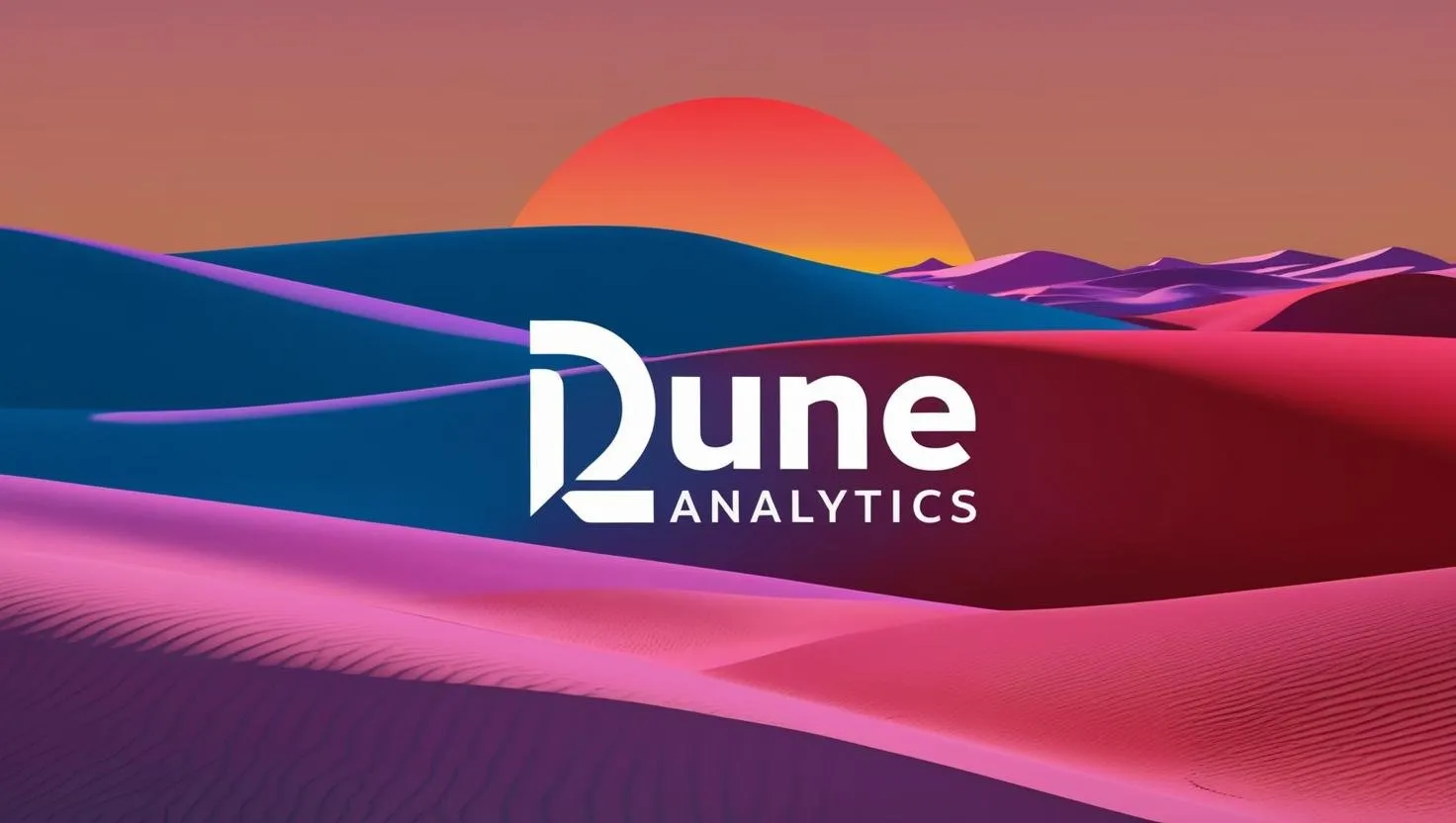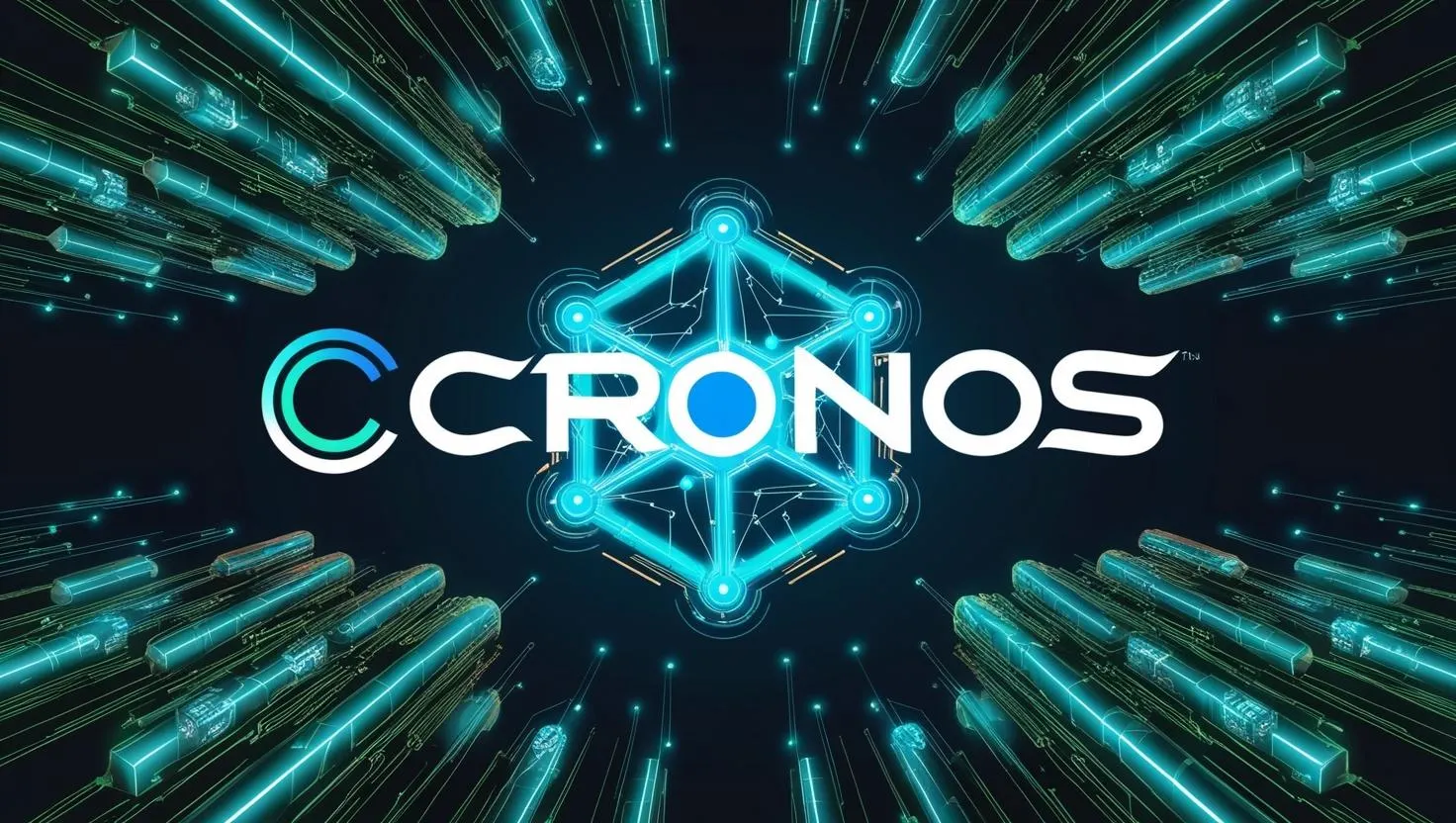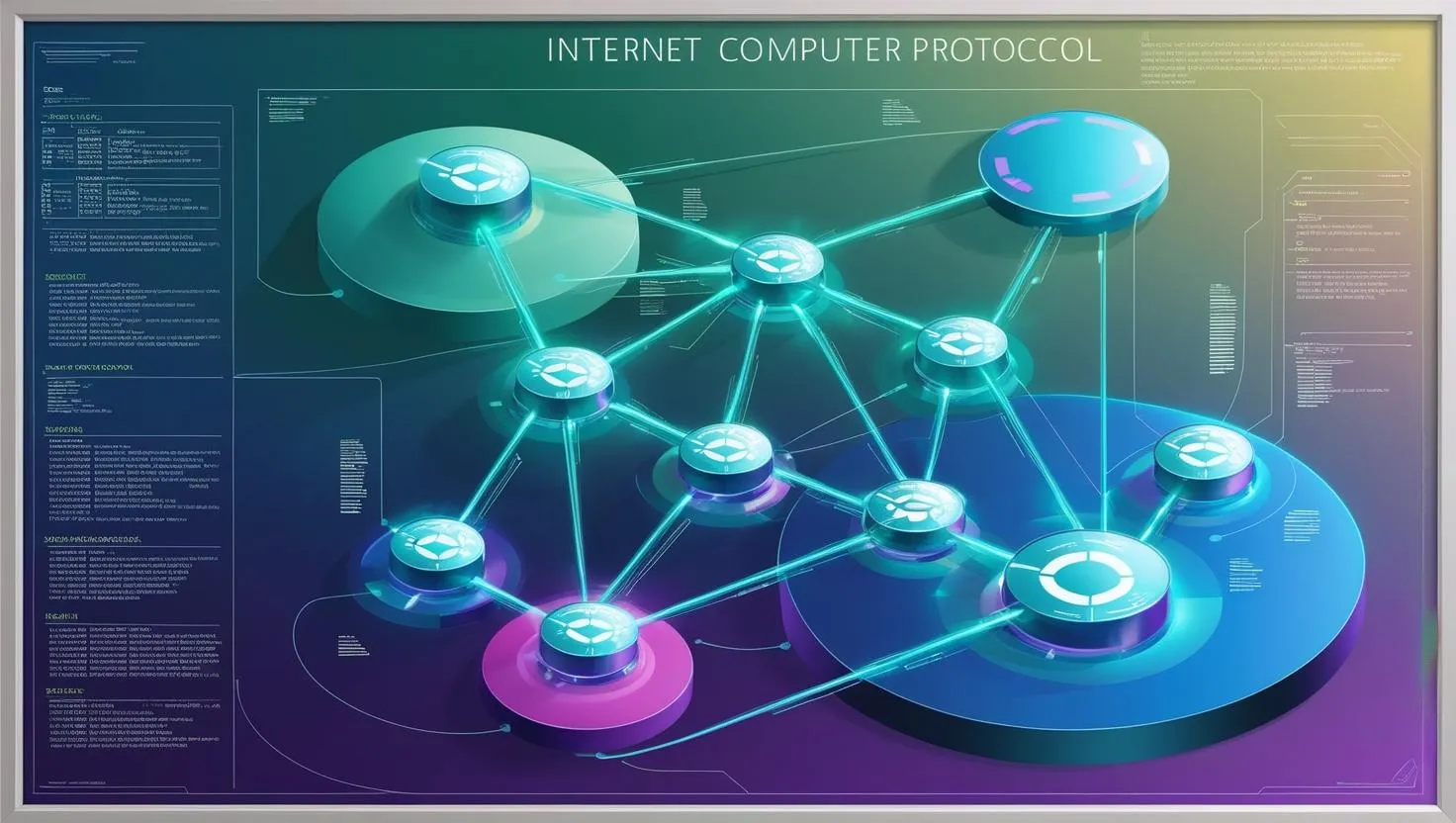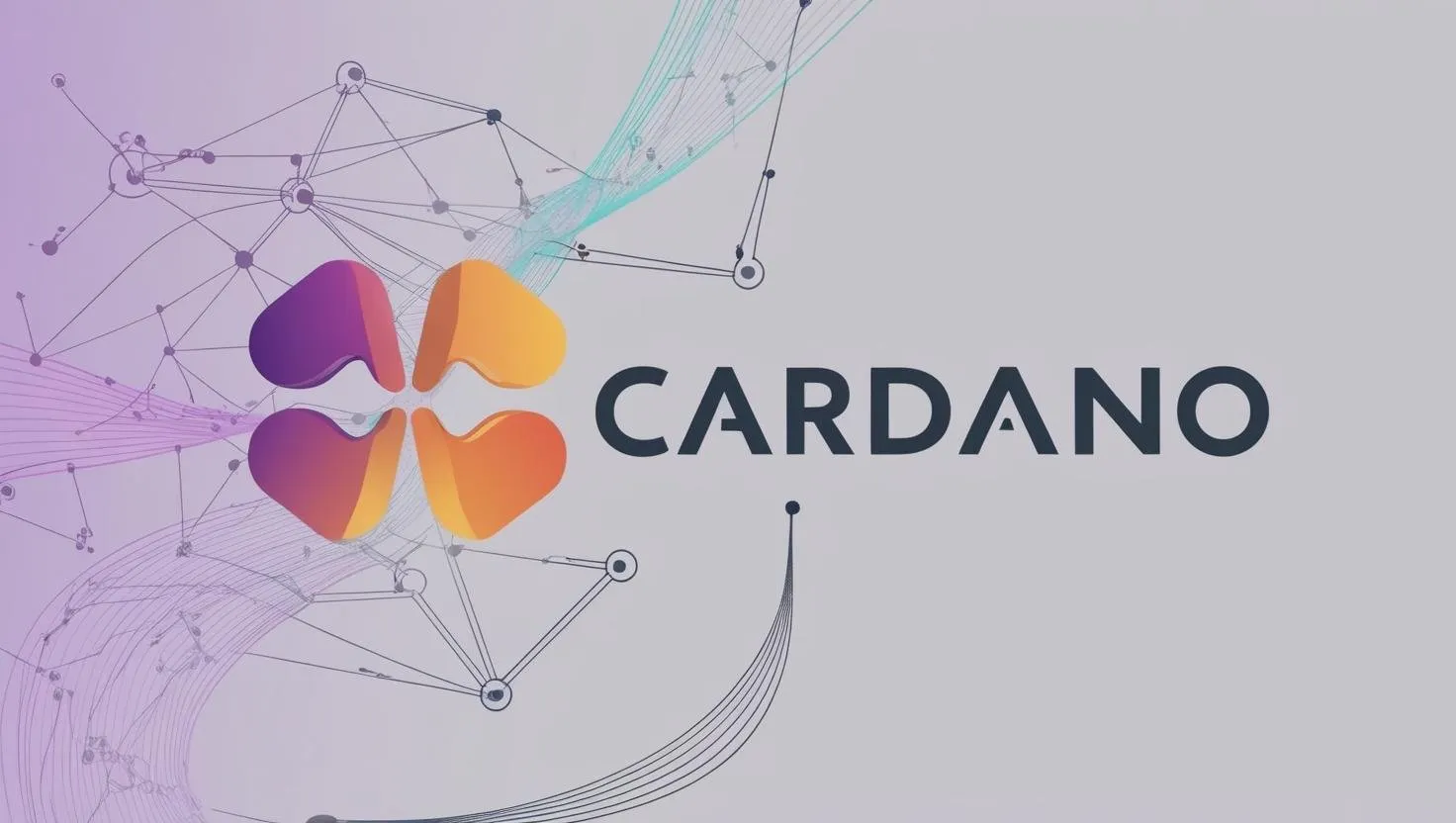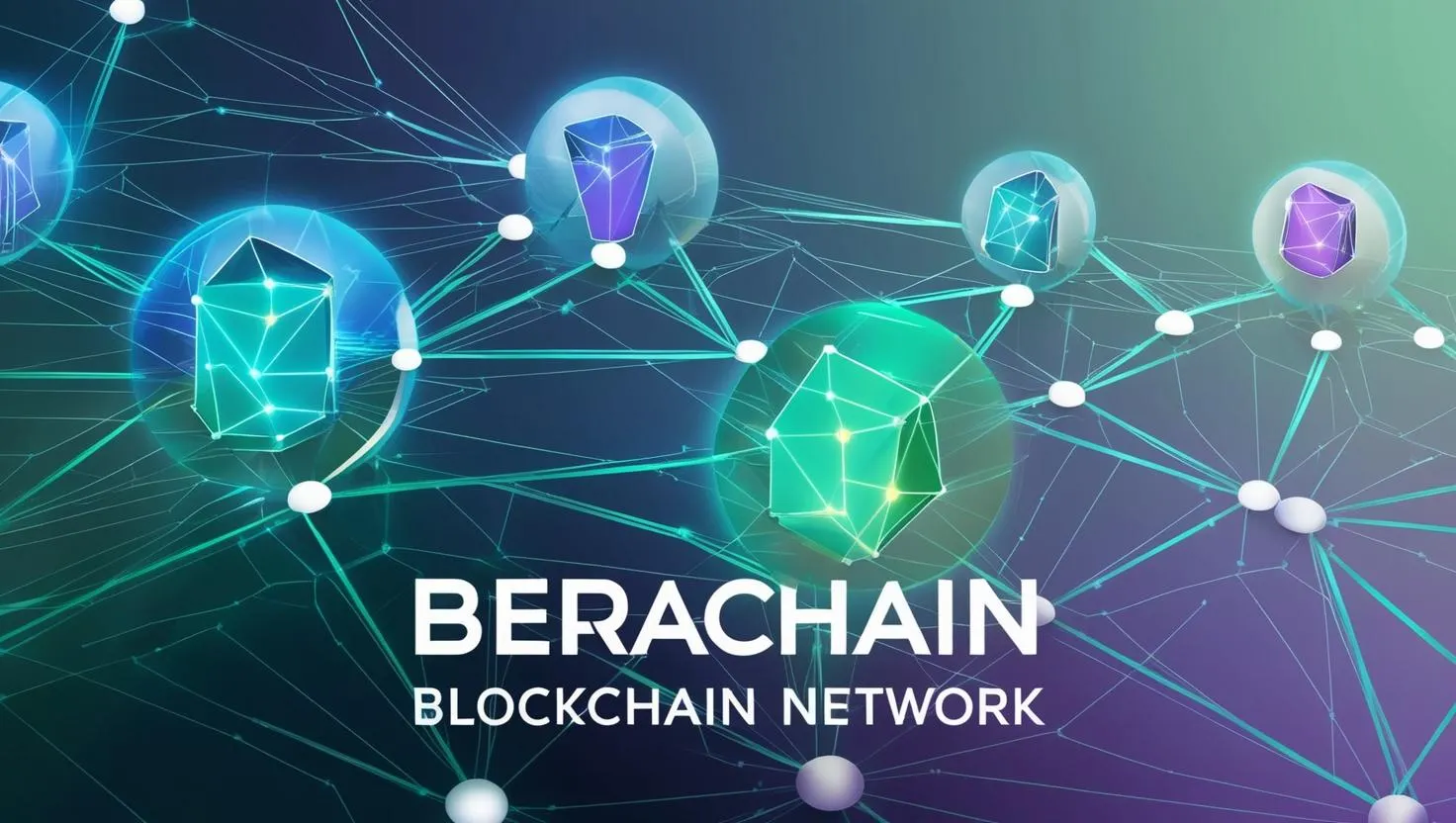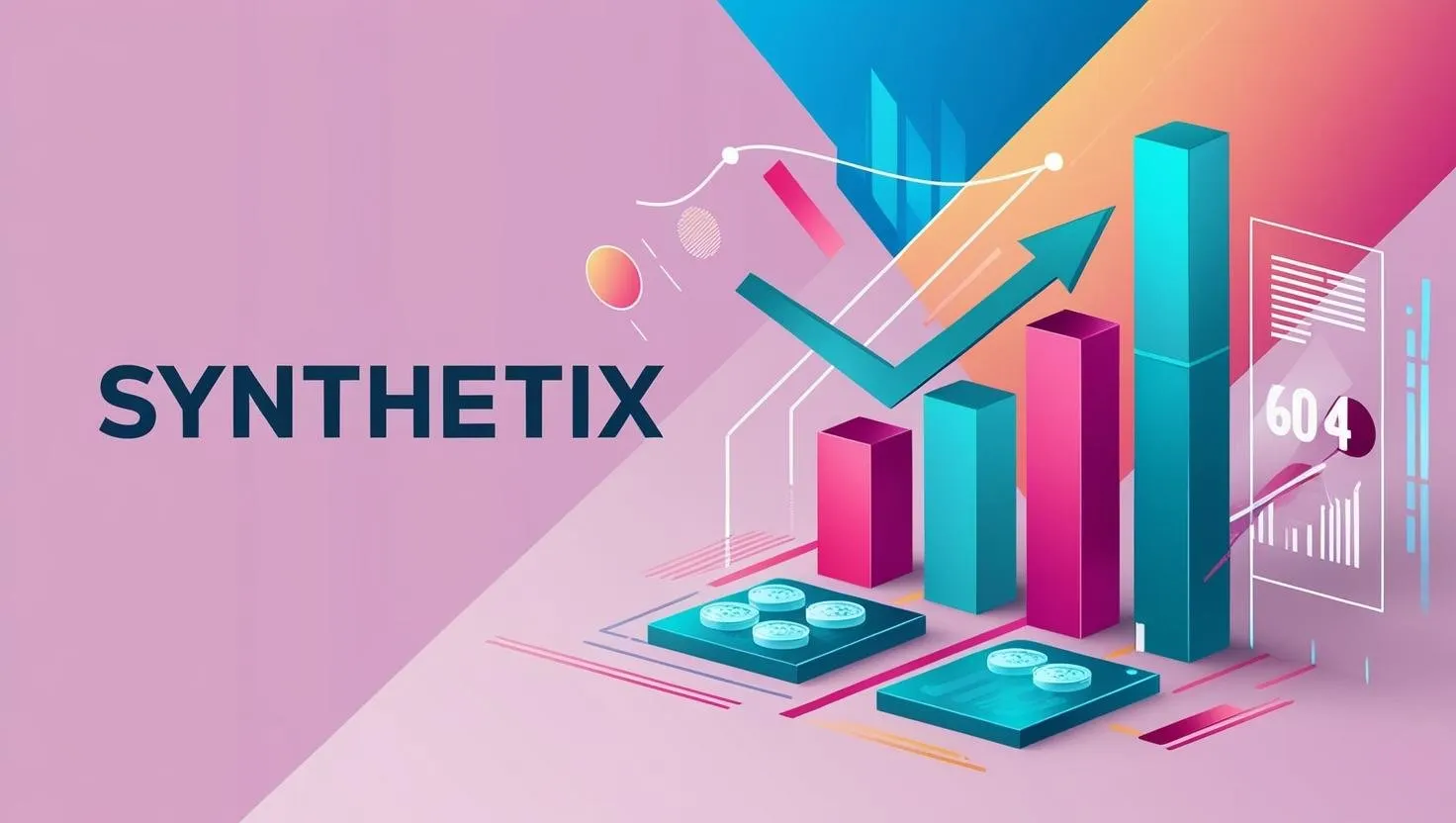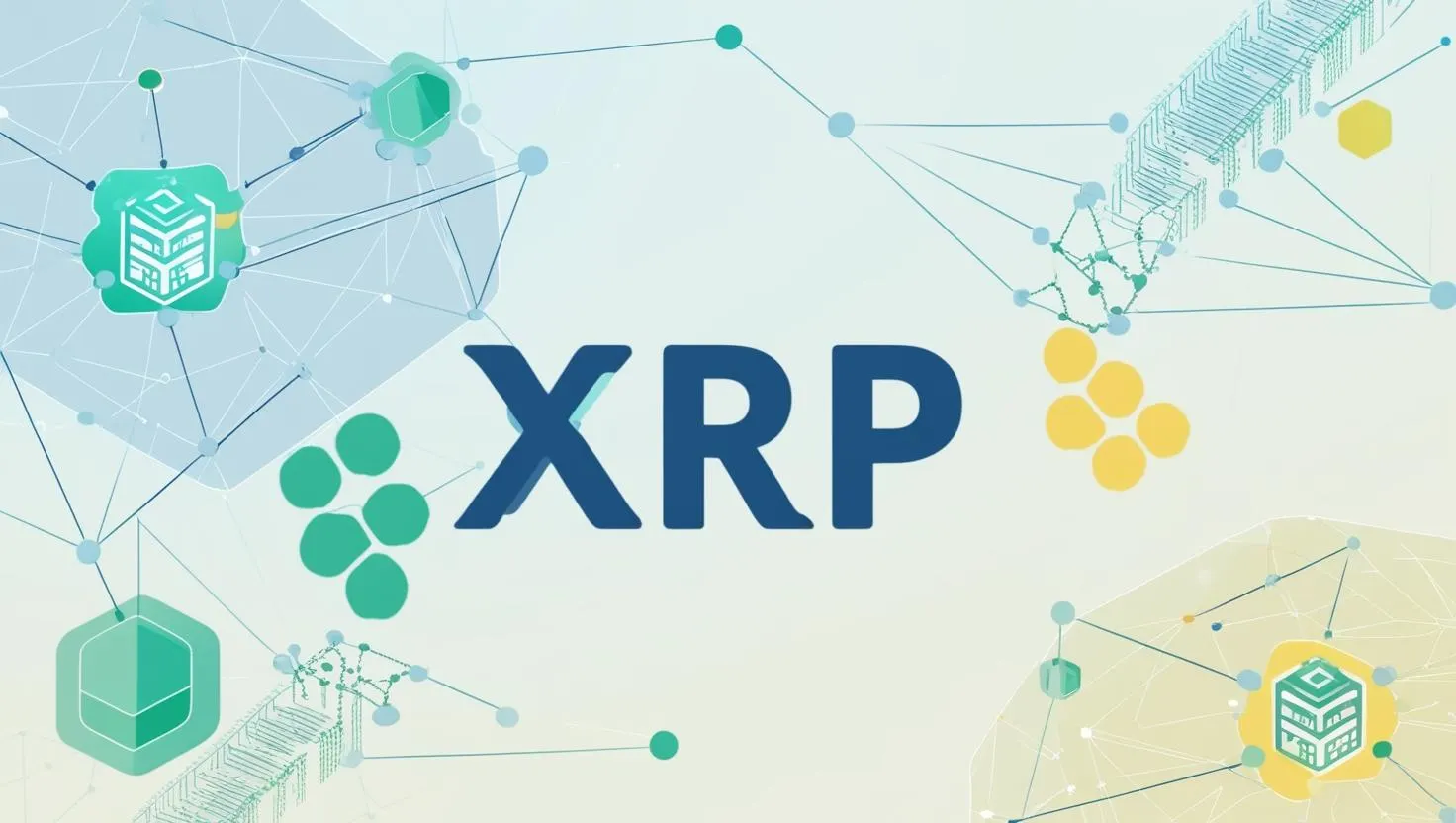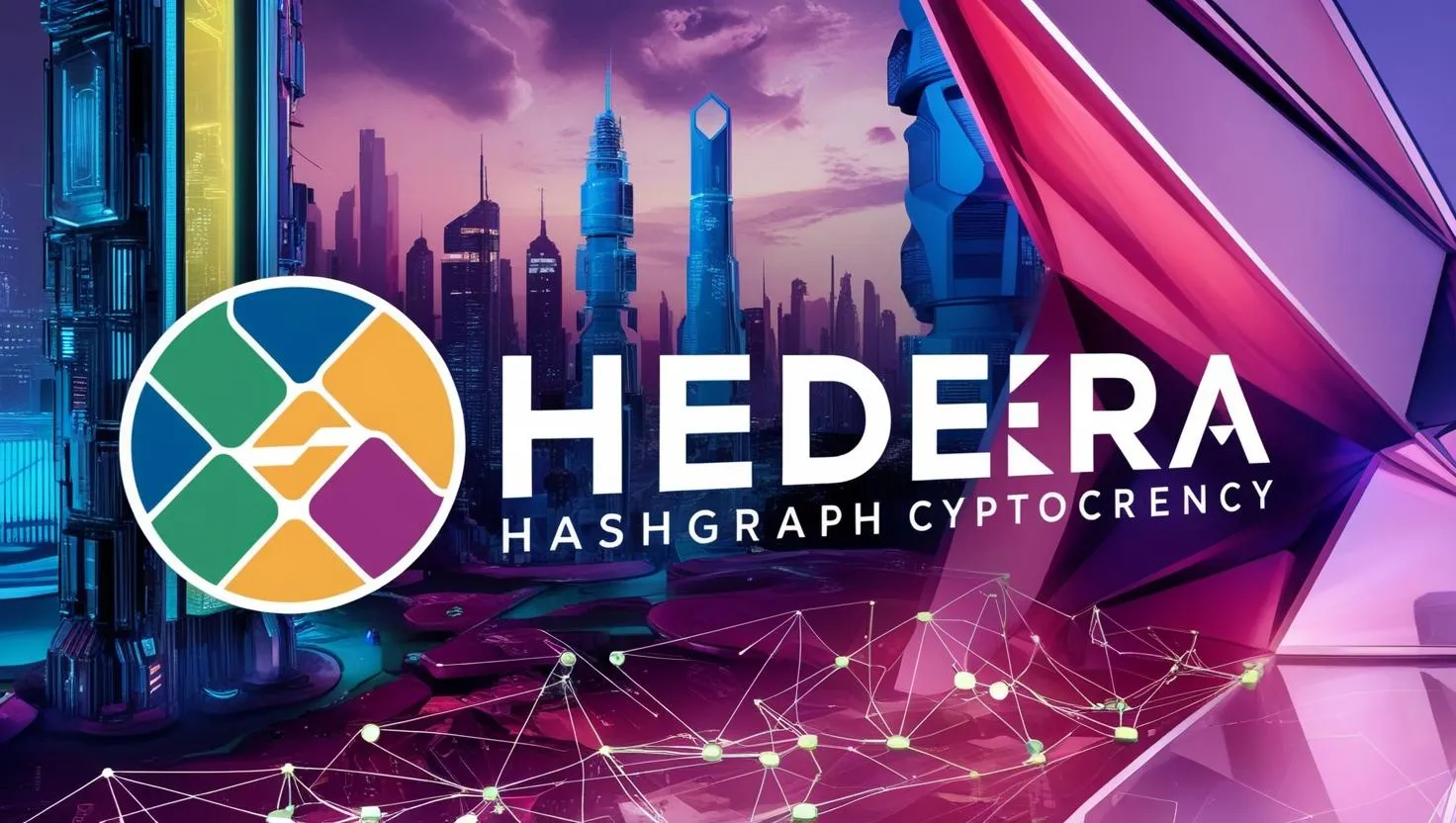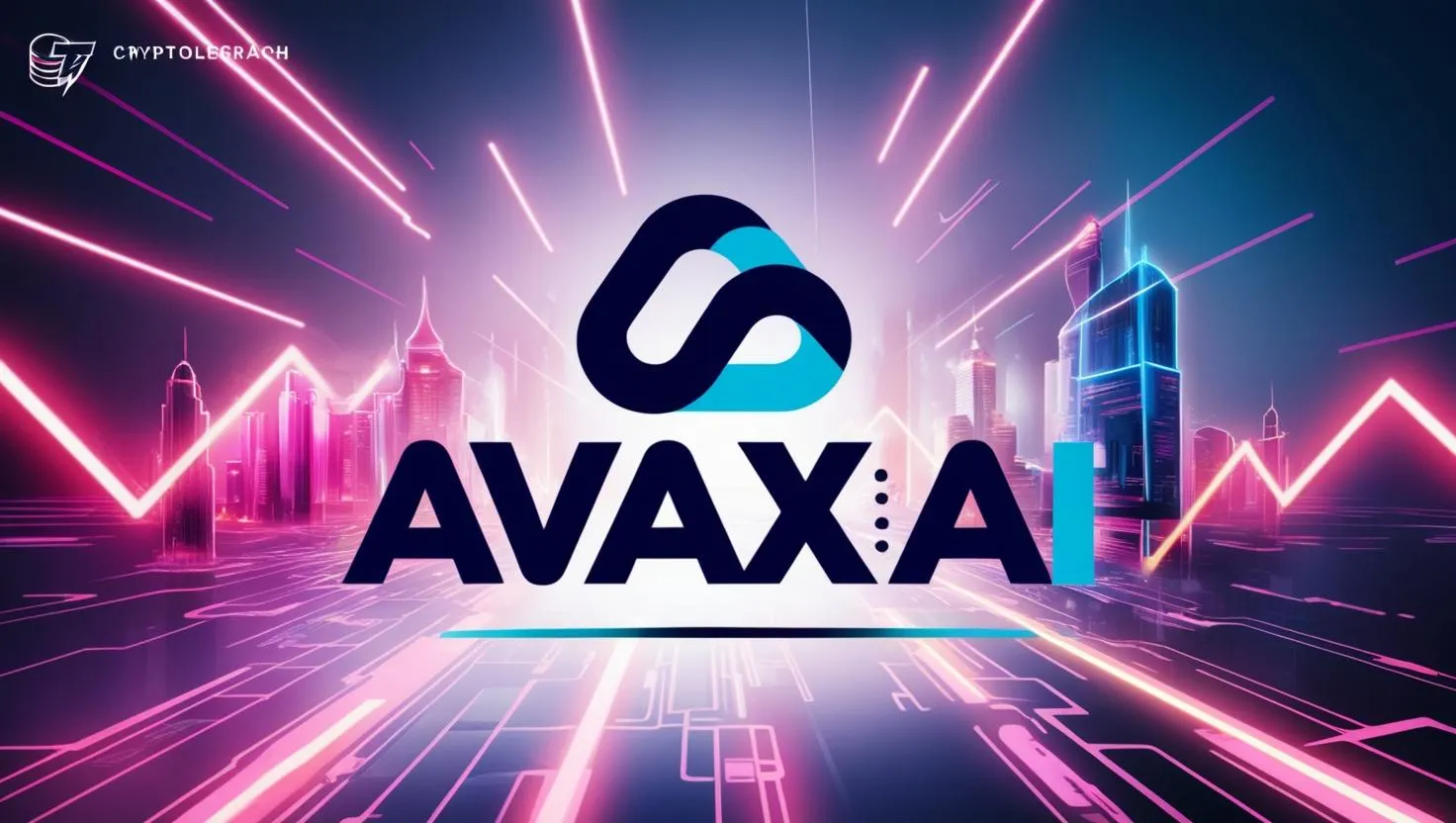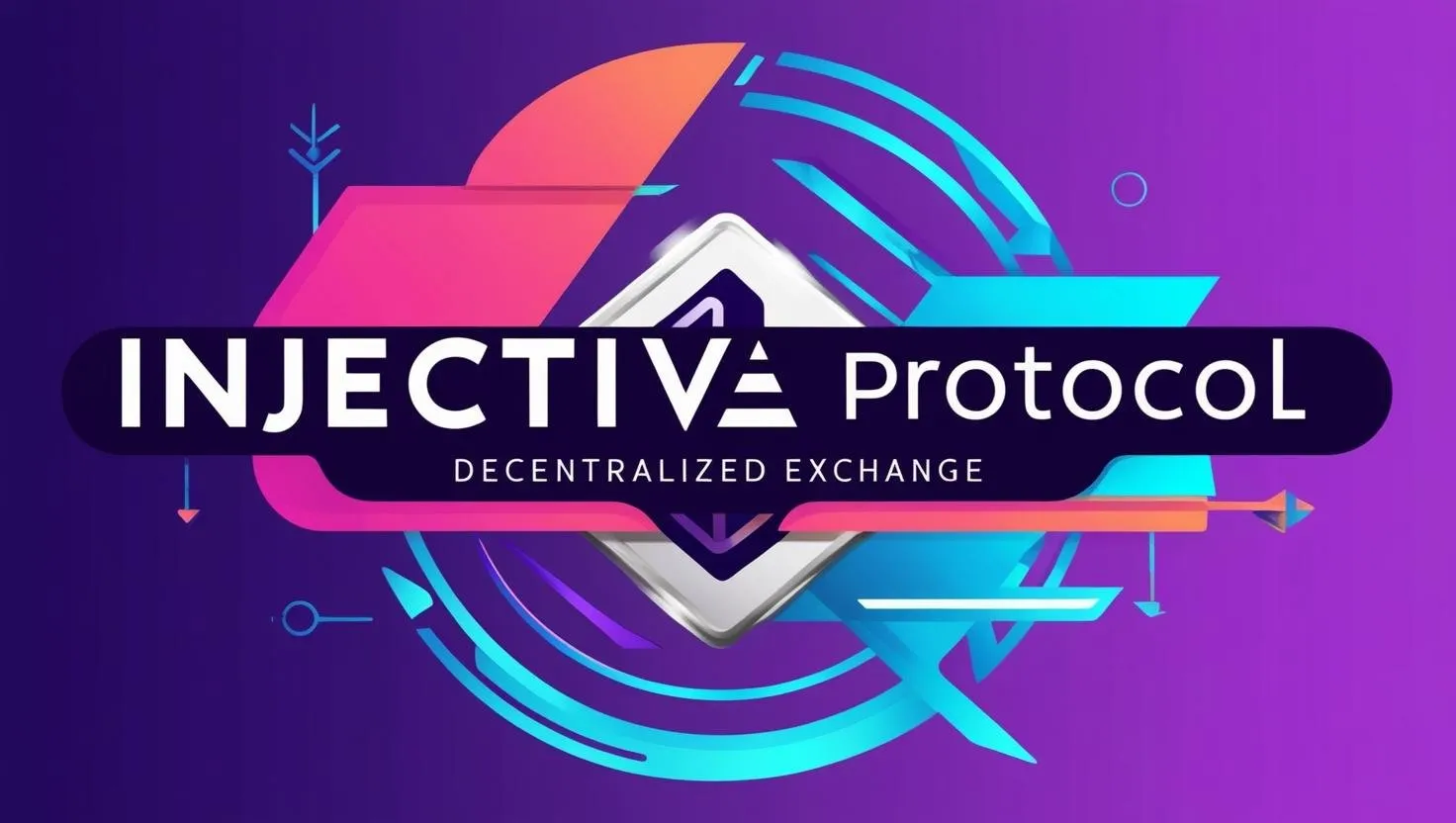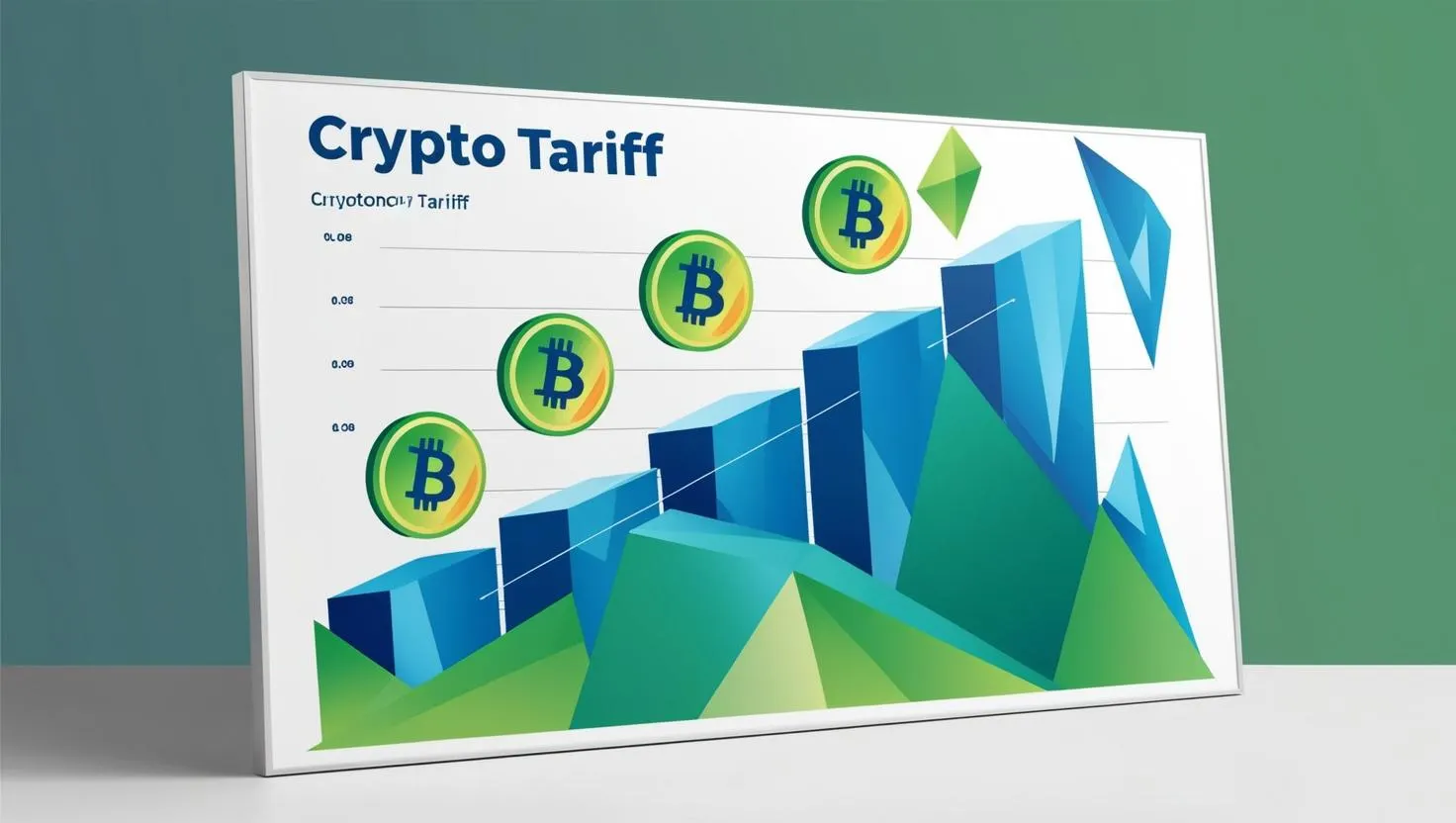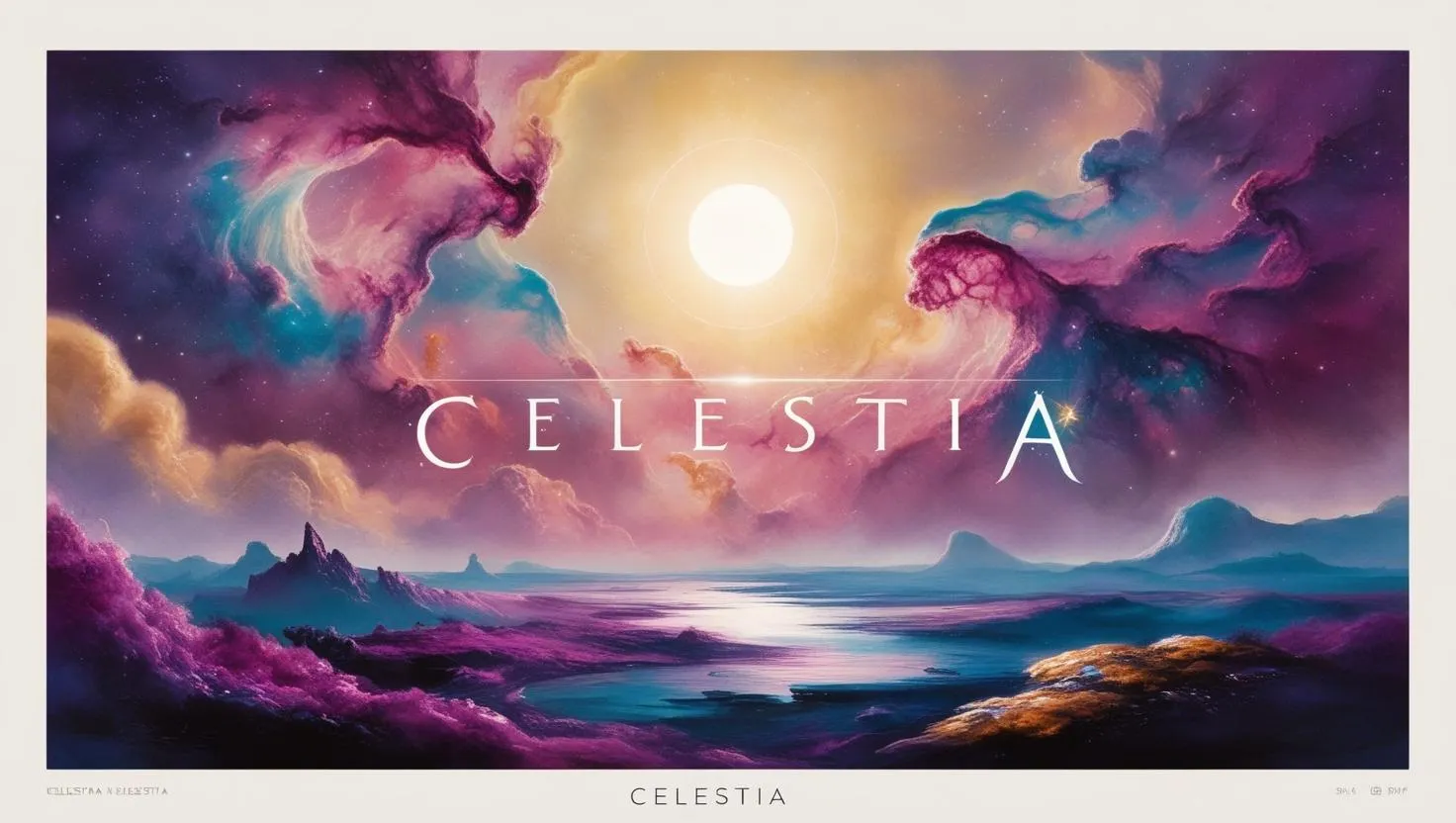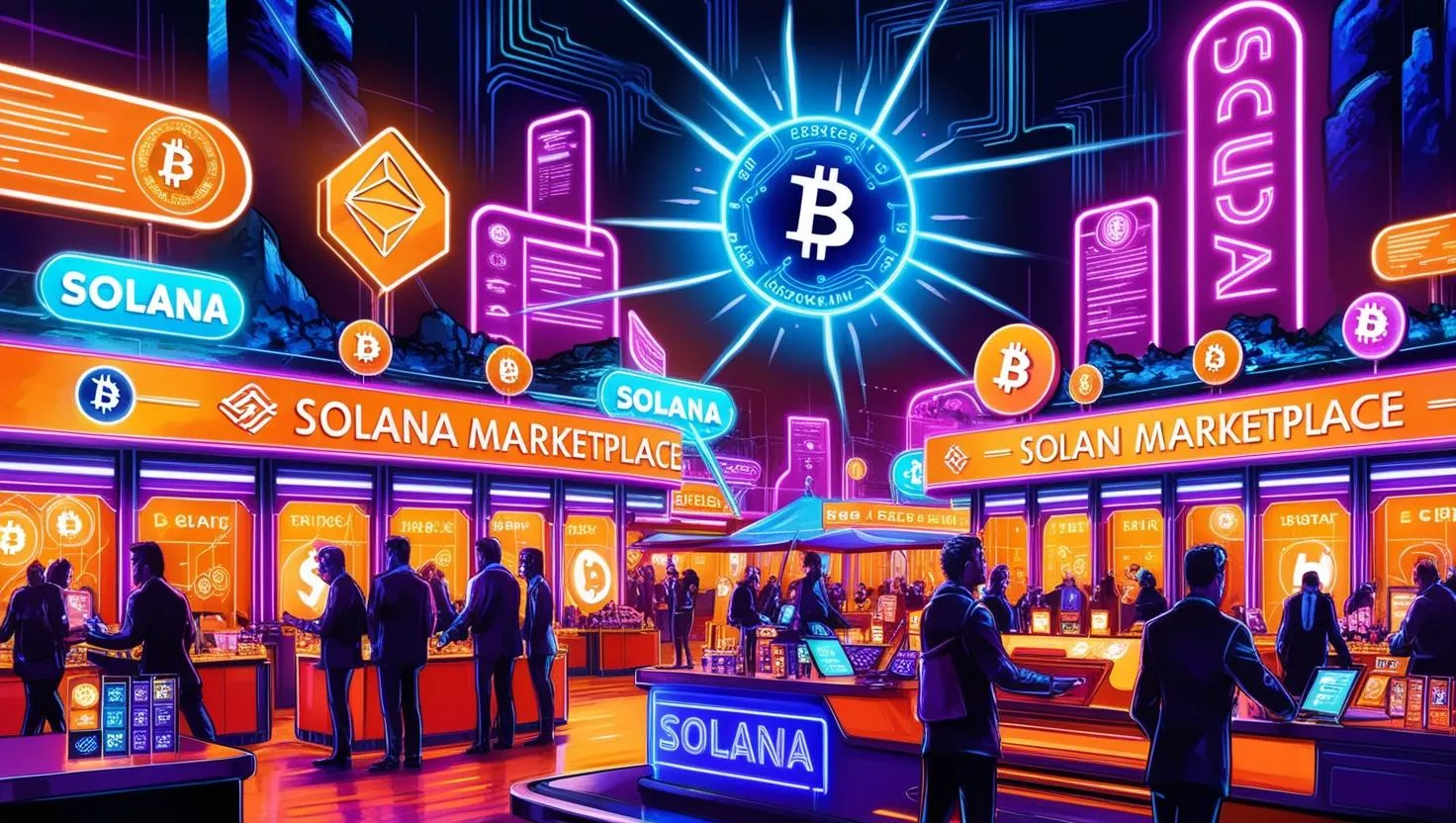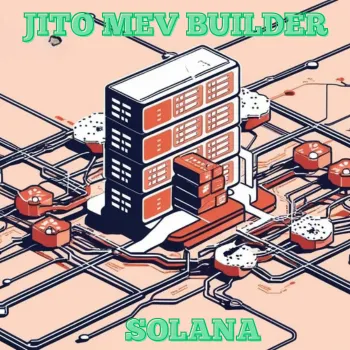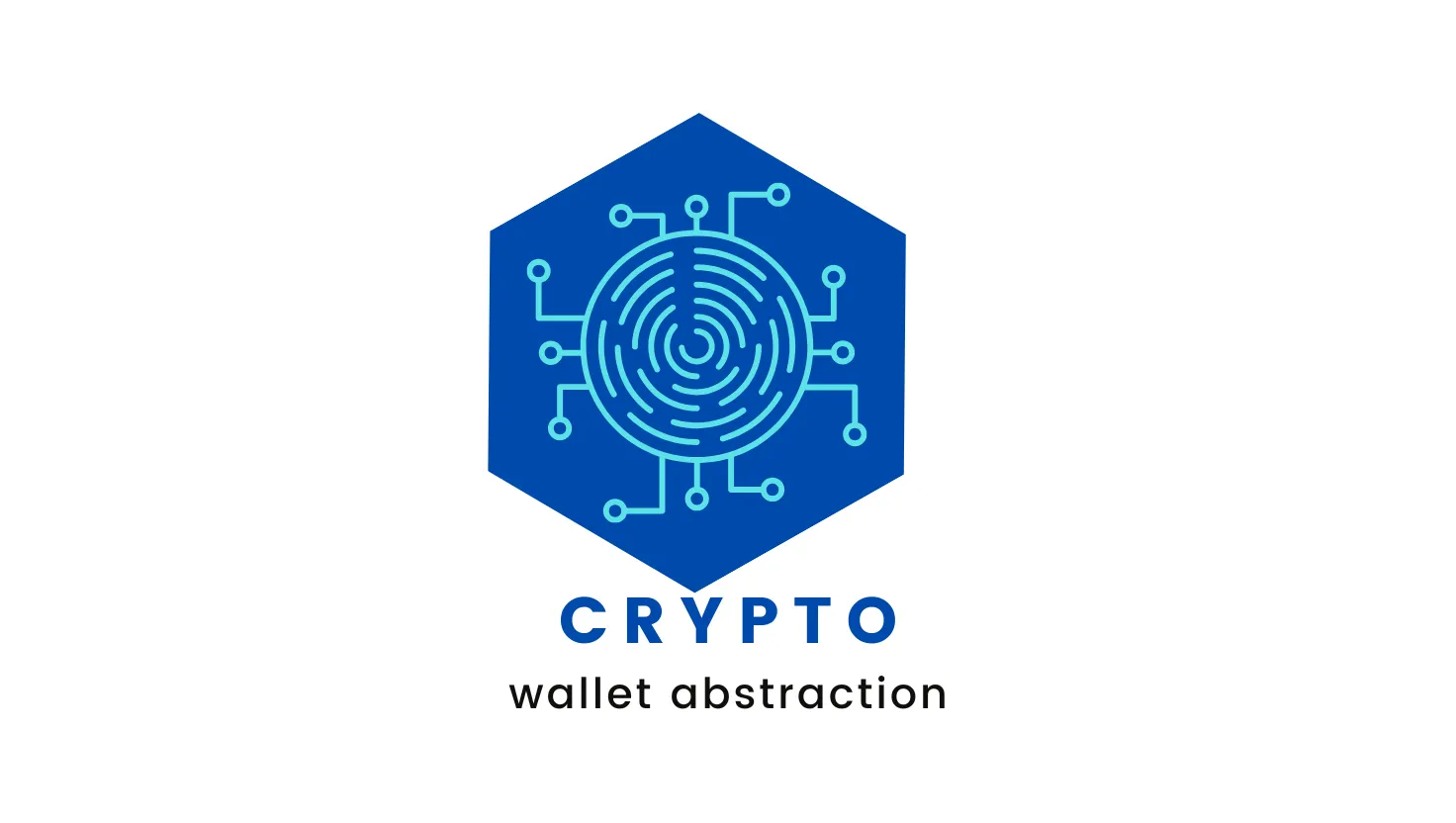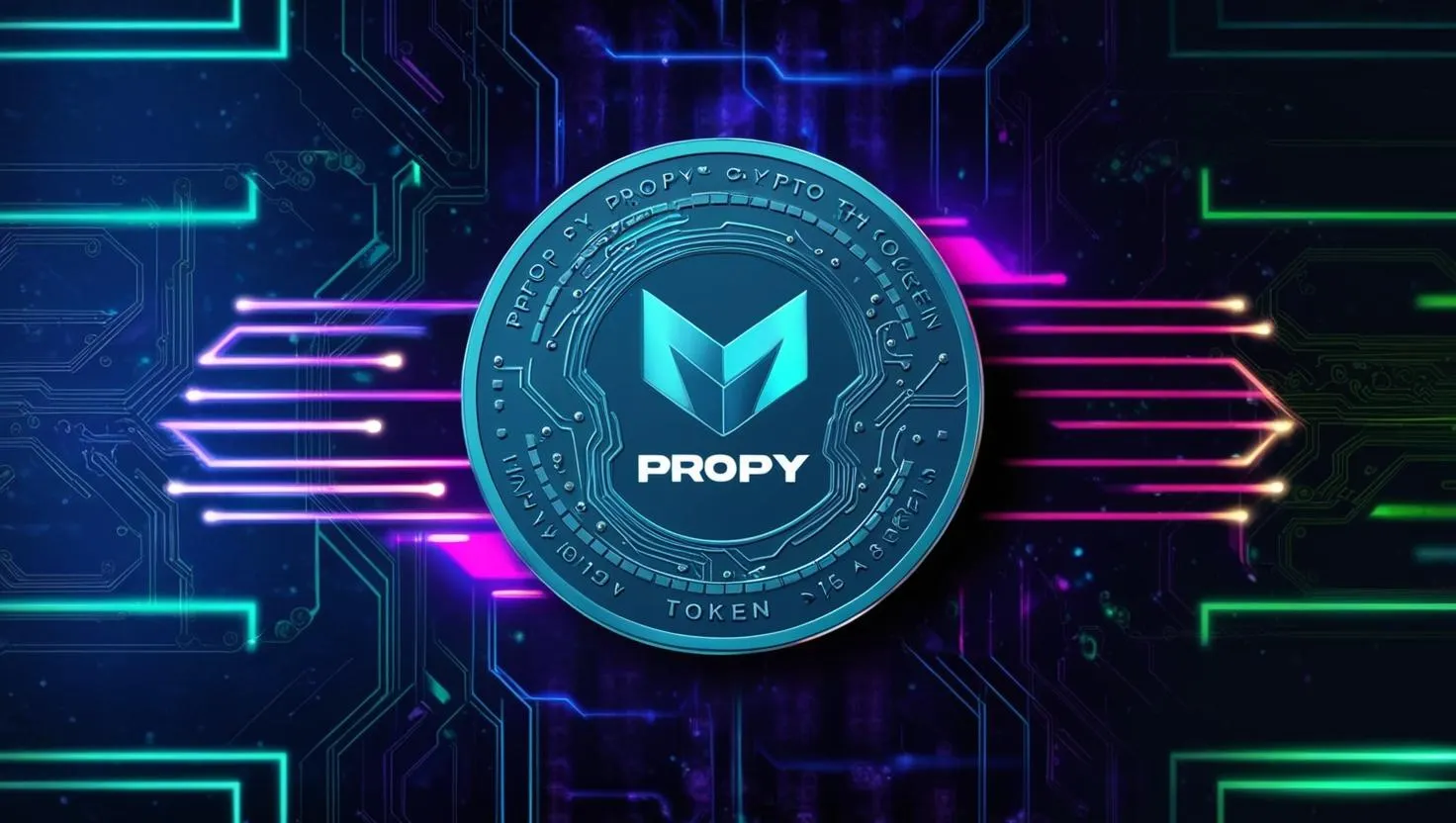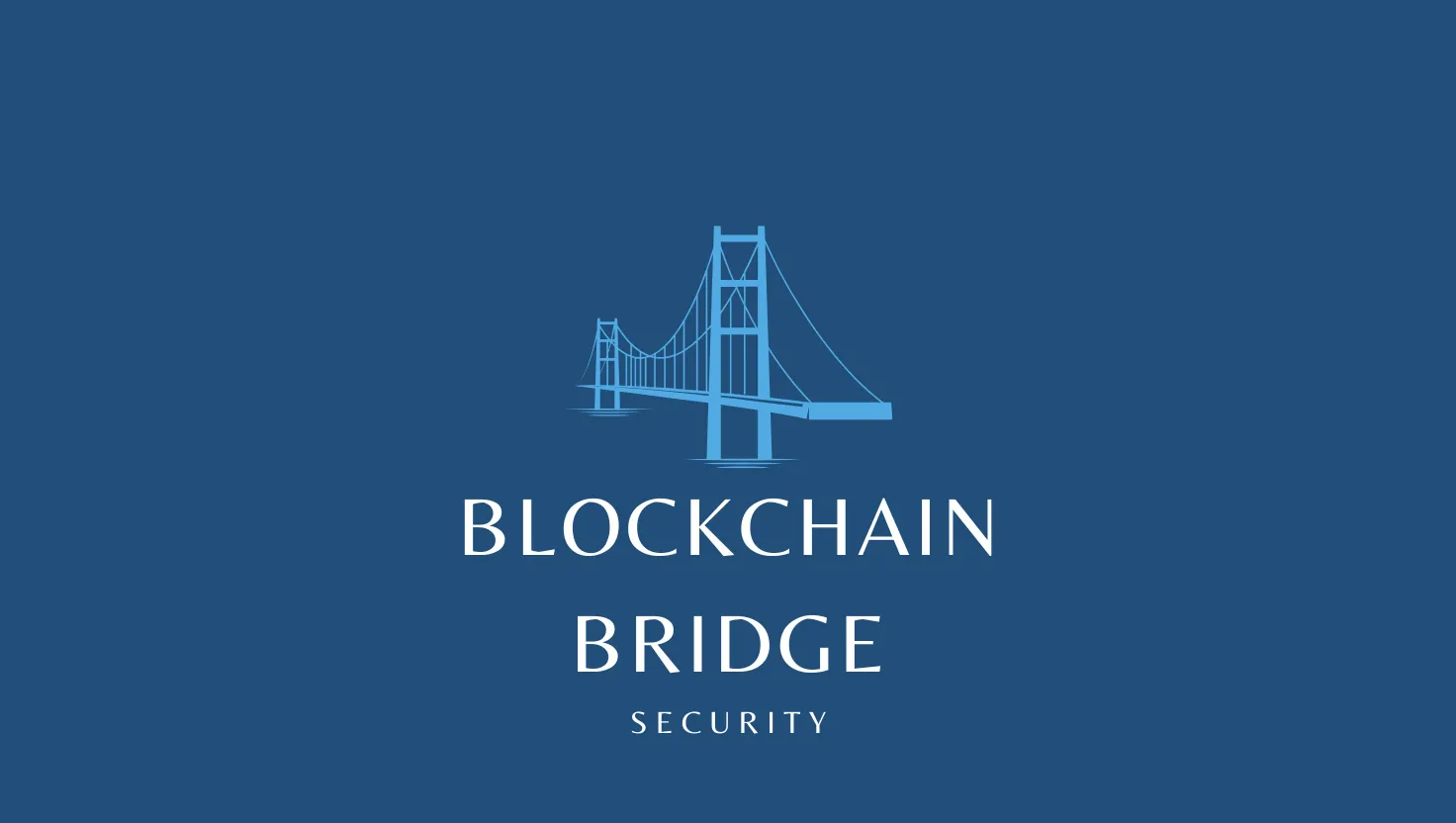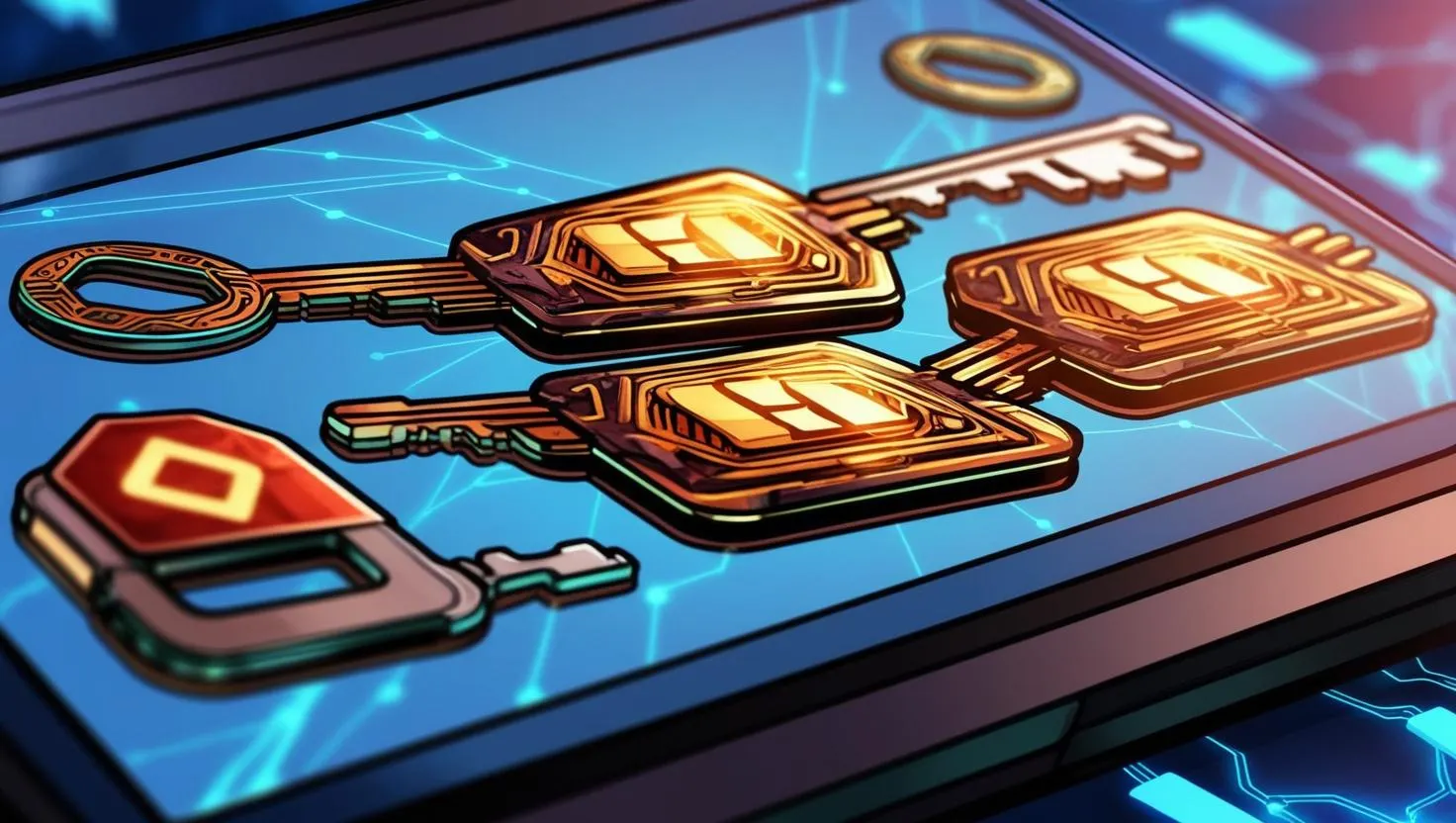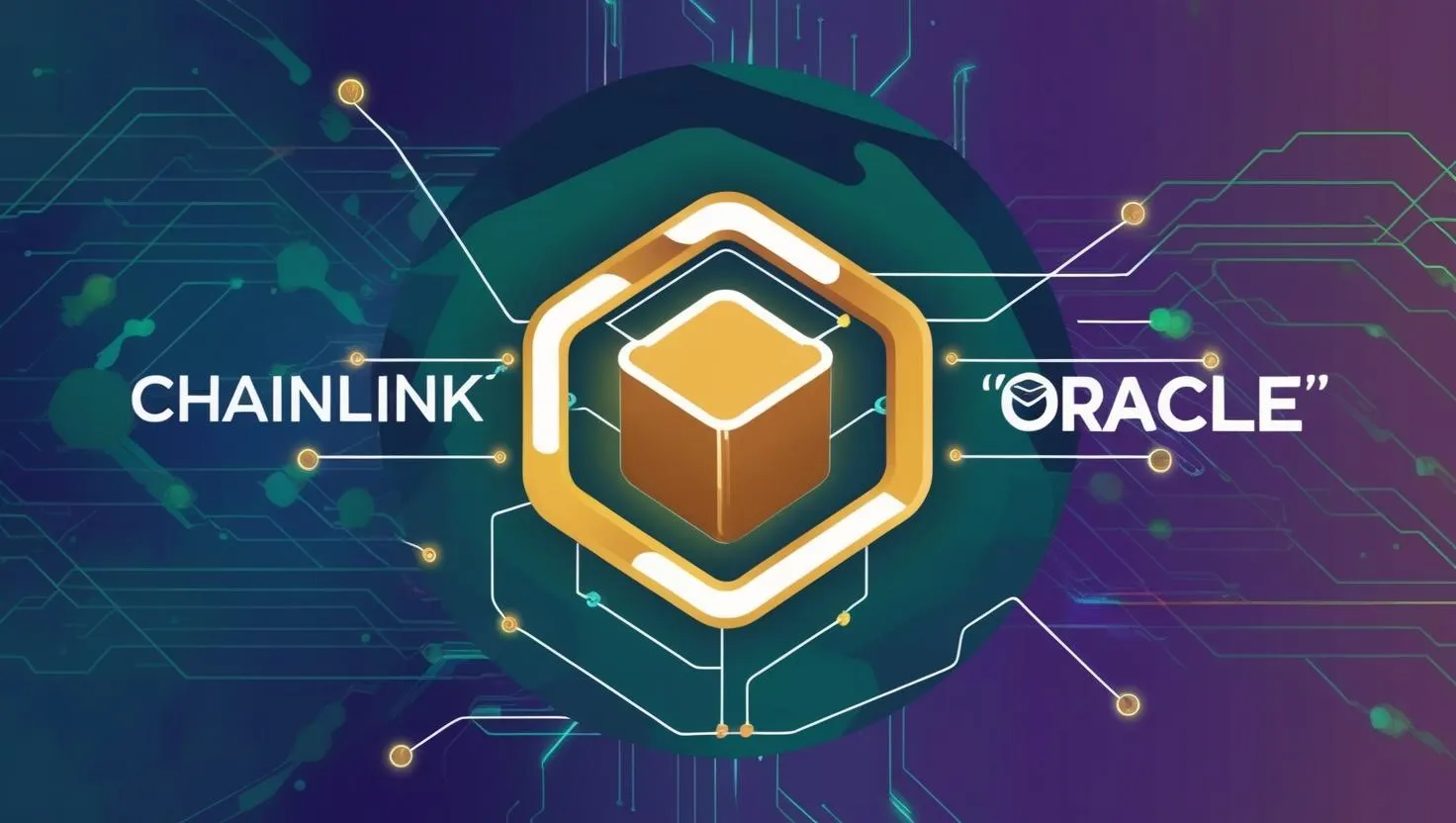Solana vs. Ethereum: A Deep Dive into Two Blockchain Titans
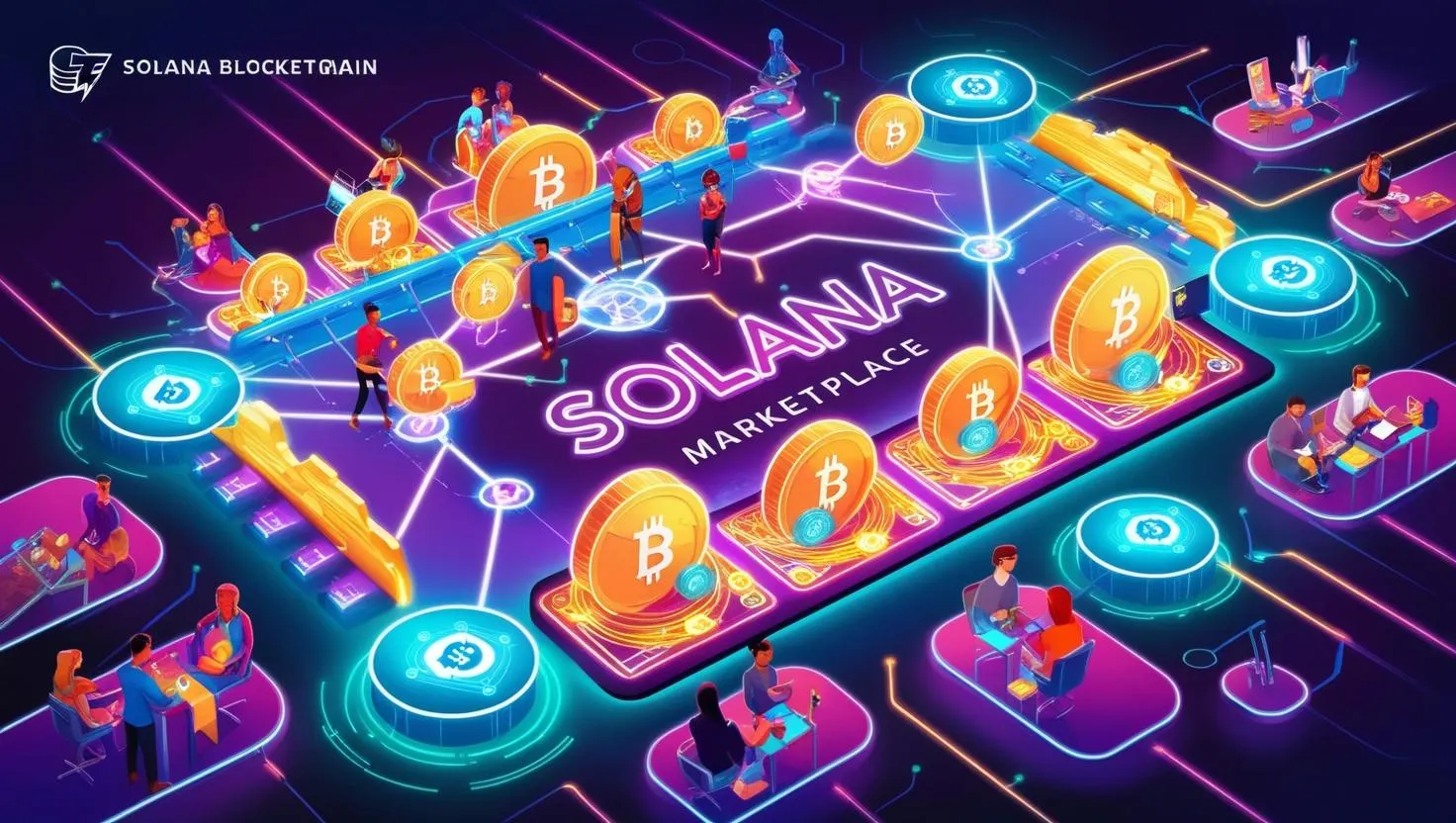 The blockchain world is a dynamic landscape, with platforms constantly evolving. Two prominent players, Solana and Ethereum, both aim to power decentralized applications (dApps) and cryptocurrencies, but their approaches differ significantly. This article offers a detailed comparison of these ecosystems, exploring their strengths, weaknesses, and key distinctions.
The blockchain world is a dynamic landscape, with platforms constantly evolving. Two prominent players, Solana and Ethereum, both aim to power decentralized applications (dApps) and cryptocurrencies, but their approaches differ significantly. This article offers a detailed comparison of these ecosystems, exploring their strengths, weaknesses, and key distinctions.
Ethereum: The Smart Contract Pioneer
Ethereum, launched in 2015, pioneered smart contracts – self-executing contracts with terms written directly into code. This innovation enabled dApps and fueled the decentralized finance (DeFi) movement.
Pros:
- Mature and Established Ecosystem: Ethereum boasts the largest and most diverse ecosystem of dApps, DeFi protocols, and NFT marketplaces, offering users a wide range of options and a strong developer community.
- Security and Decentralization: Ethereum's extensive node network contributes to robust security and decentralization, making it resistant to censorship and attacks.
- Strong Developer Community: Its popularity has attracted a large, active developer community, resulting in a wealth of tools, resources, and ongoing development.
Cons:
- Scalability Issues: Ethereum has faced scalability challenges, leading to high transaction fees (gas fees) and slow transaction speeds, especially during peak network activity.
- High Gas Fees: Fluctuating and often high gas fees can make transactions expensive, particularly for smaller users.
- Environmental Concerns (Mitigated): While Ethereum has transitioned to Proof-of-Stake (PoS), its previous Proof-of-Work (PoW) system was criticized for high energy consumption. PoS significantly addresses this.
Solana: The Speed Champion
Solana, launched in 2020, is a high-performance blockchain known for its speed and low transaction costs. It uses a unique combination of Proof-of-History (PoH) and Proof-of-Stake (PoS) consensus mechanisms for high transaction throughput.
Pros:
- High Speed and Throughput: Solana can process thousands of transactions per second, significantly faster than Ethereum.
- Low Transaction Fees: Transaction fees are typically very low, often fractions of a cent, increasing accessibility.
- Innovative Technology: Solana's PoH and PoS combination allows for faster transaction processing and improved scalability.
Cons:
- Centralization Concerns: Solana's high performance requirements have raised concerns about centralization, as running a validator node requires significant resources.
- Network Instability: Solana has experienced network outages, raising questions about reliability and security.
- Smaller Ecosystem: Compared to Ethereum, Solana's ecosystem is smaller, though rapidly growing.
Key Differences:
Ethereum is known for its established ecosystem, security, and decentralization, but struggles with scalability and high fees. Solana prioritizes speed and low costs, but faces concerns about centralization and network stability, and has a smaller, though growing, ecosystem.
Conclusion:
Both platforms offer unique advantages. Ethereum, with its mature ecosystem and security, remains dominant, particularly for DeFi and NFTs. Solana, with its speed and low fees, attracts projects requiring high throughput and scalability, like gaming and high-frequency trading.
The choice depends on the specific use case. Ethereum may be preferred for projects requiring high security and a well-established ecosystem. Solana could be more suitable for projects prioritizing speed and low costs.
The blockchain landscape is constantly evolving, and both platforms are under continuous development. Both Solana and Ethereum are likely to play significant roles in the future of decentralized technology.




